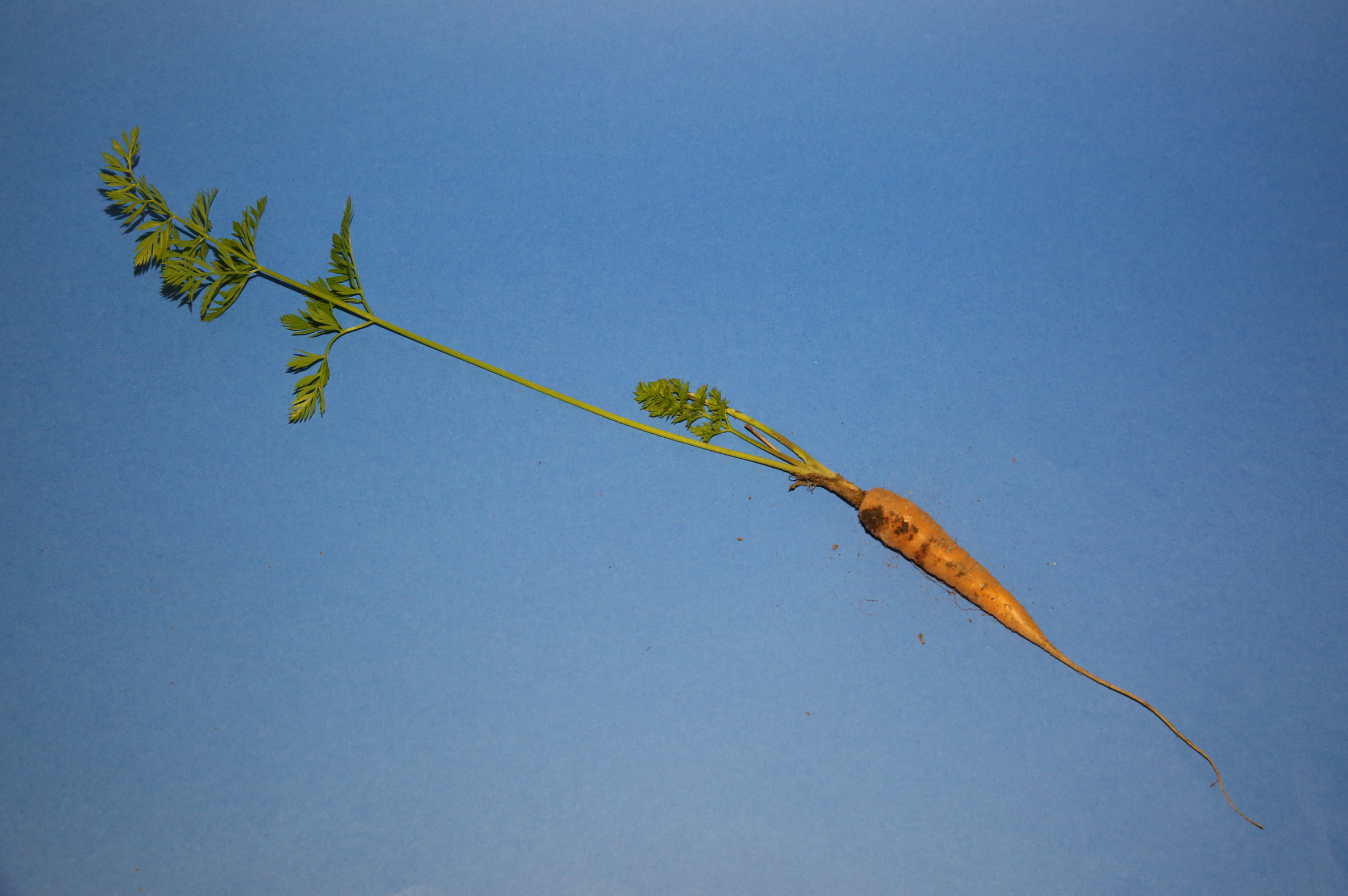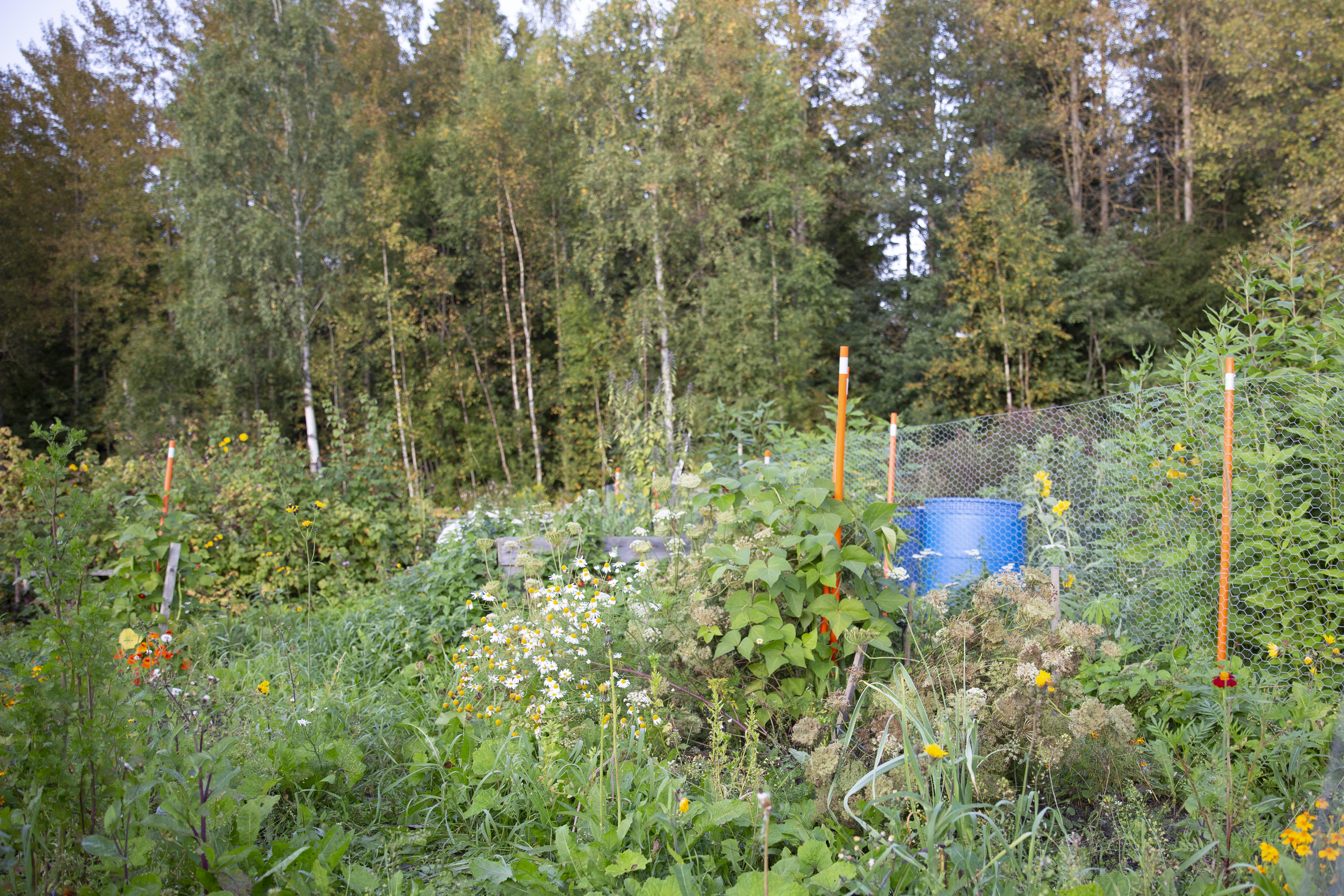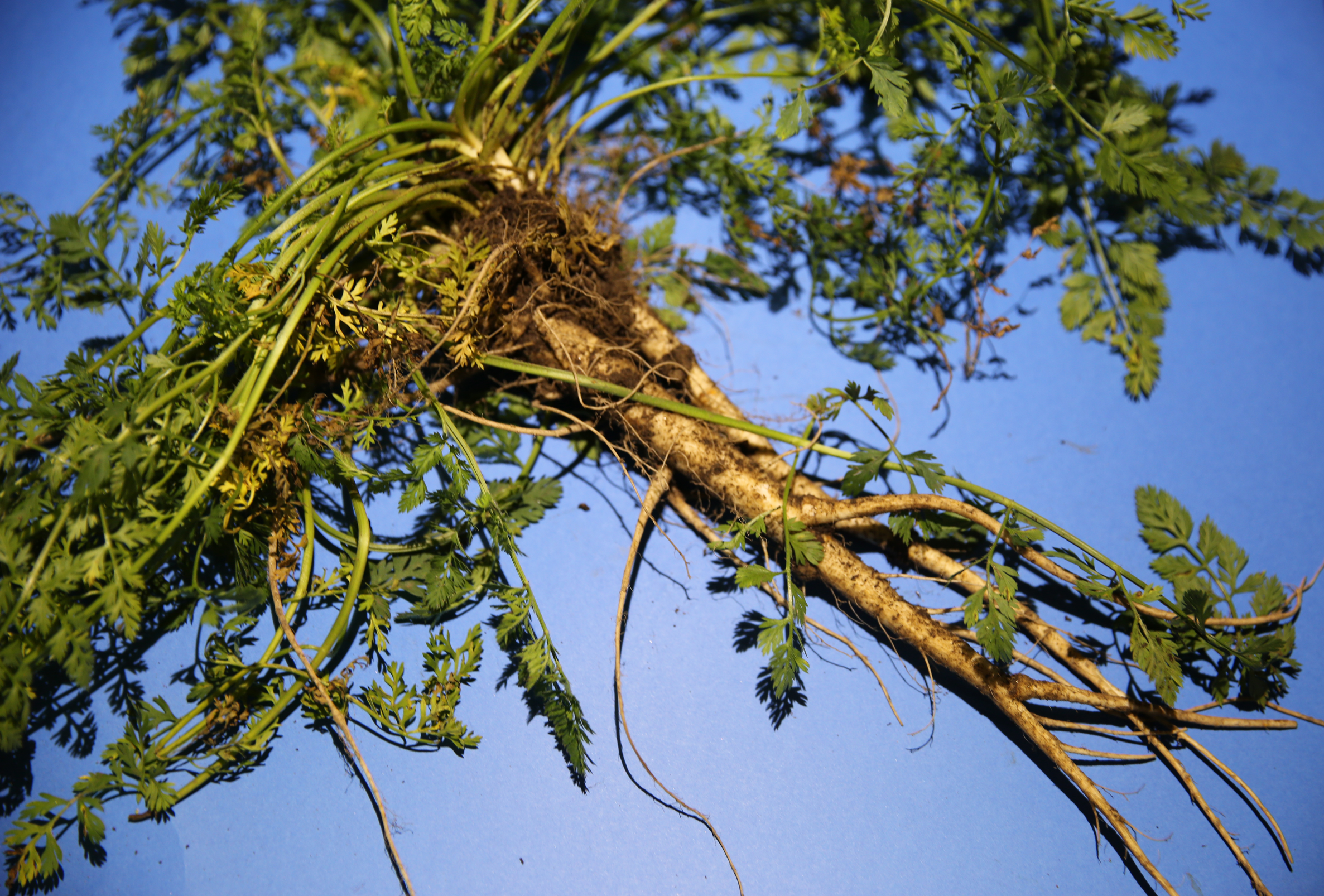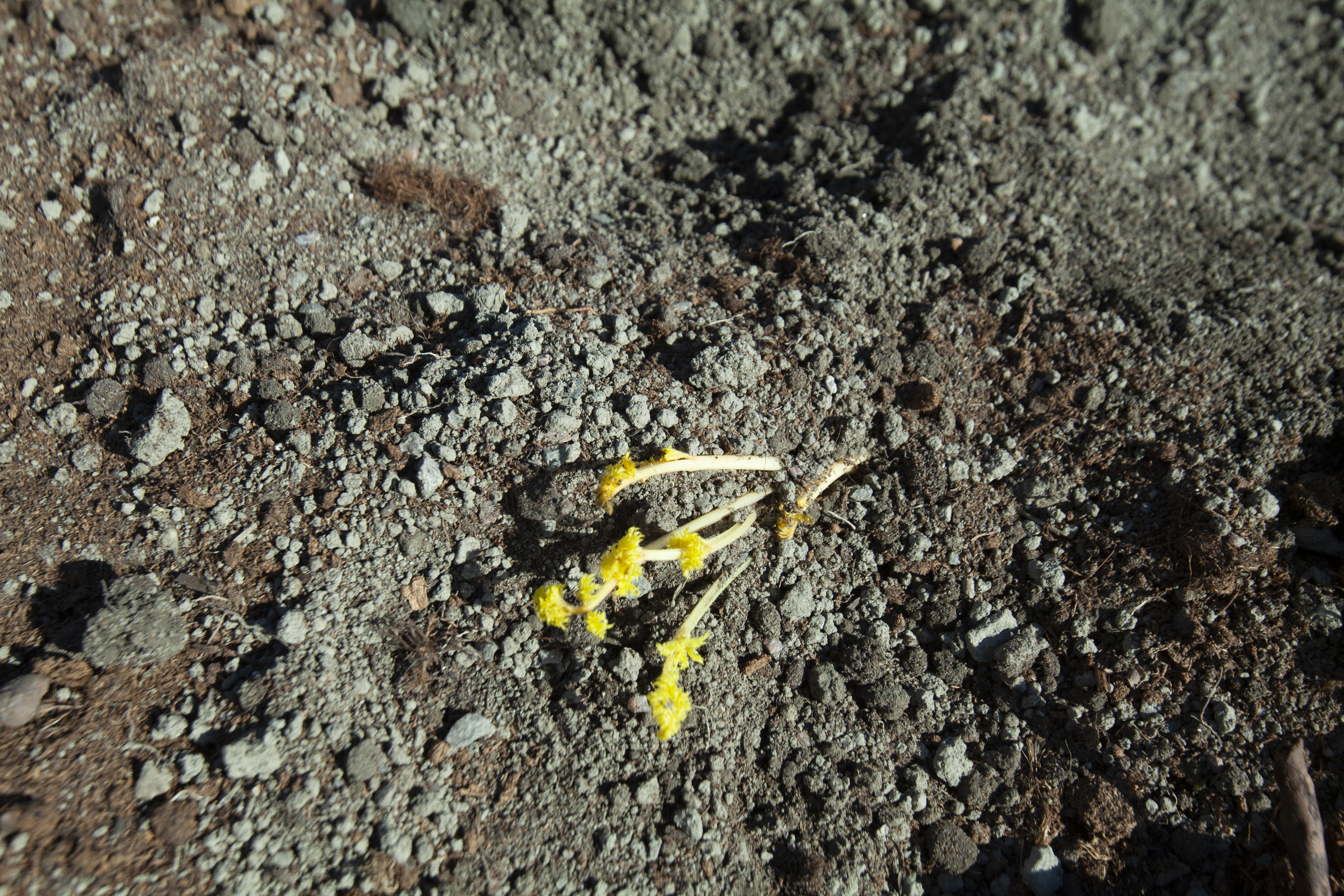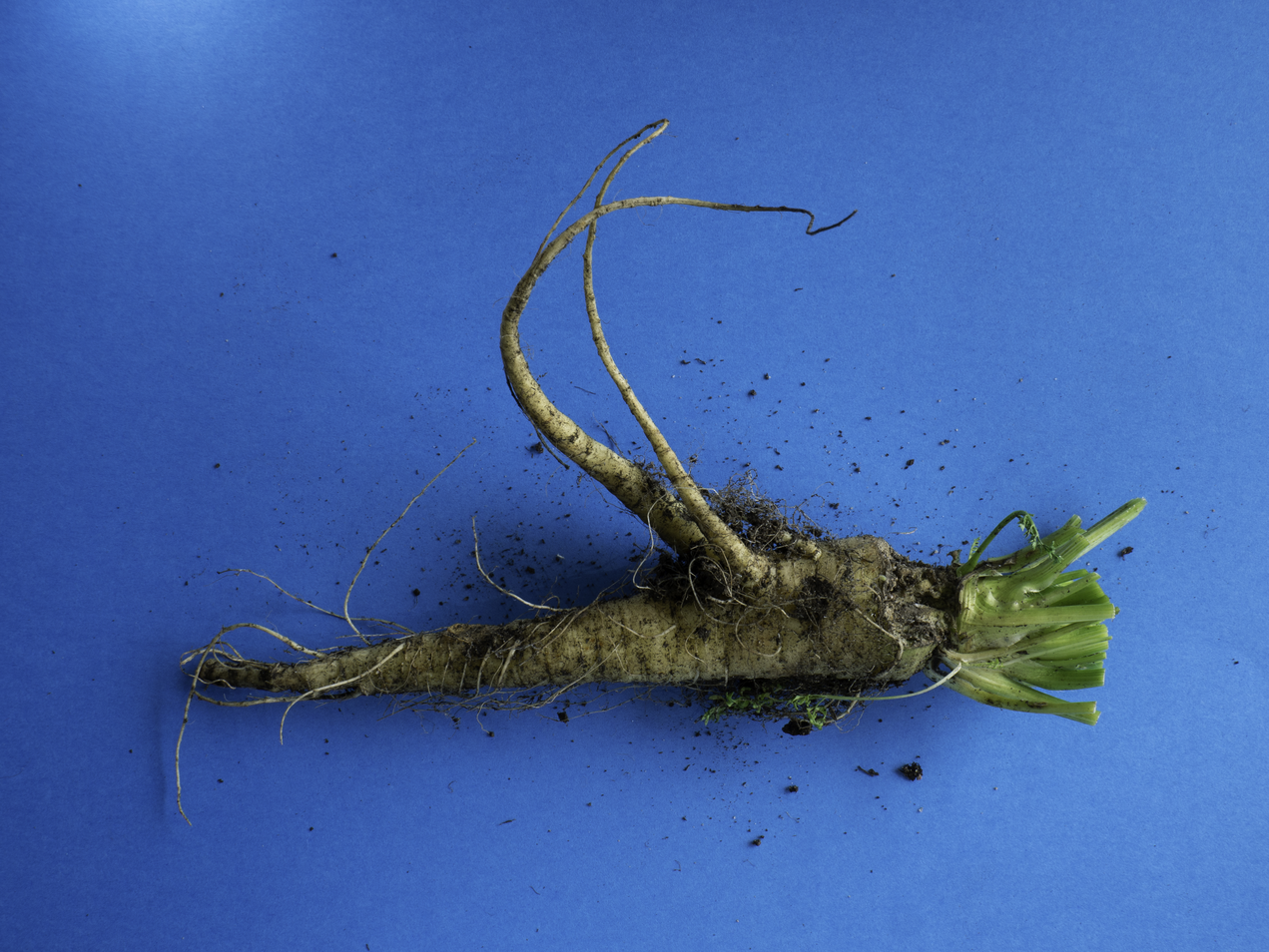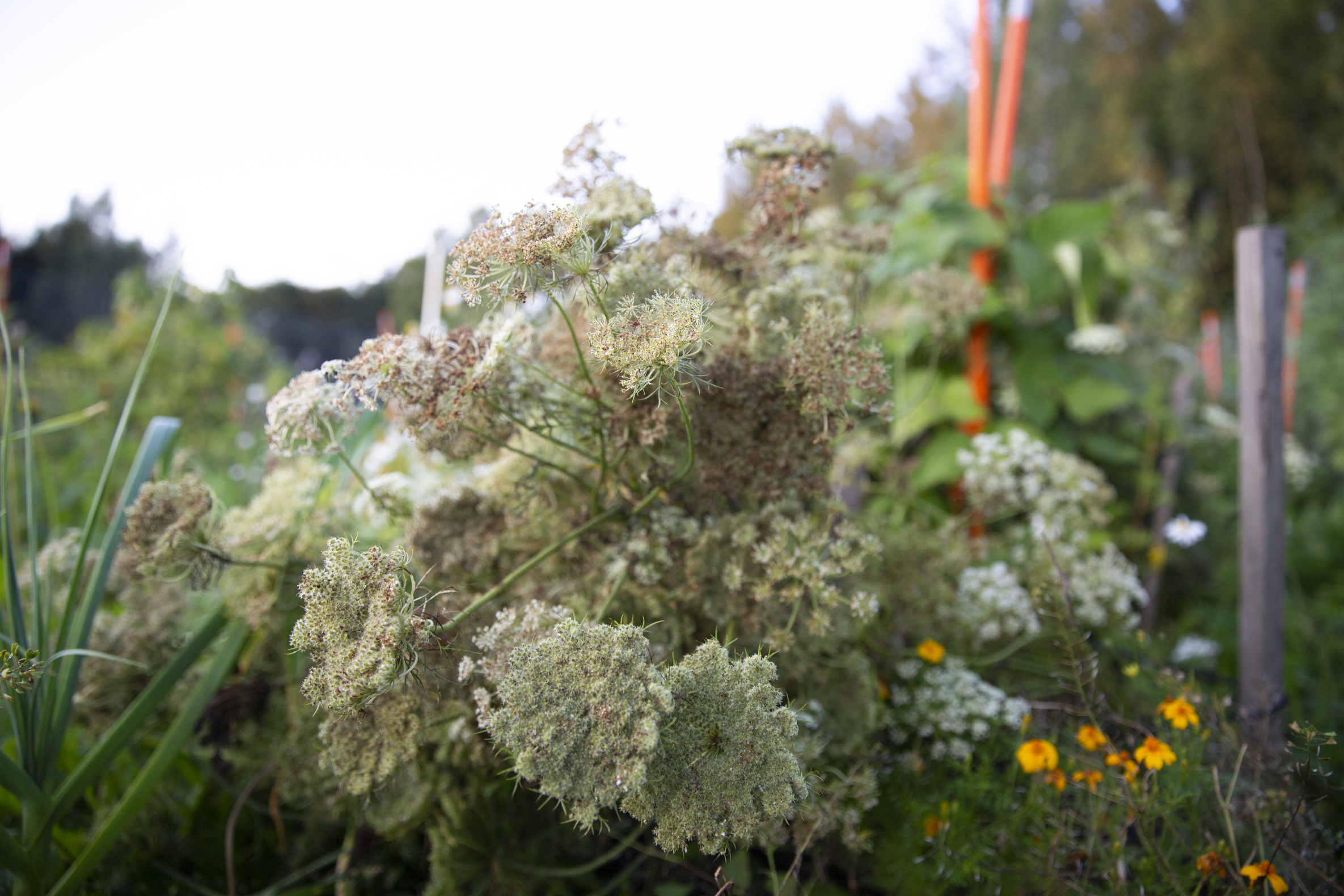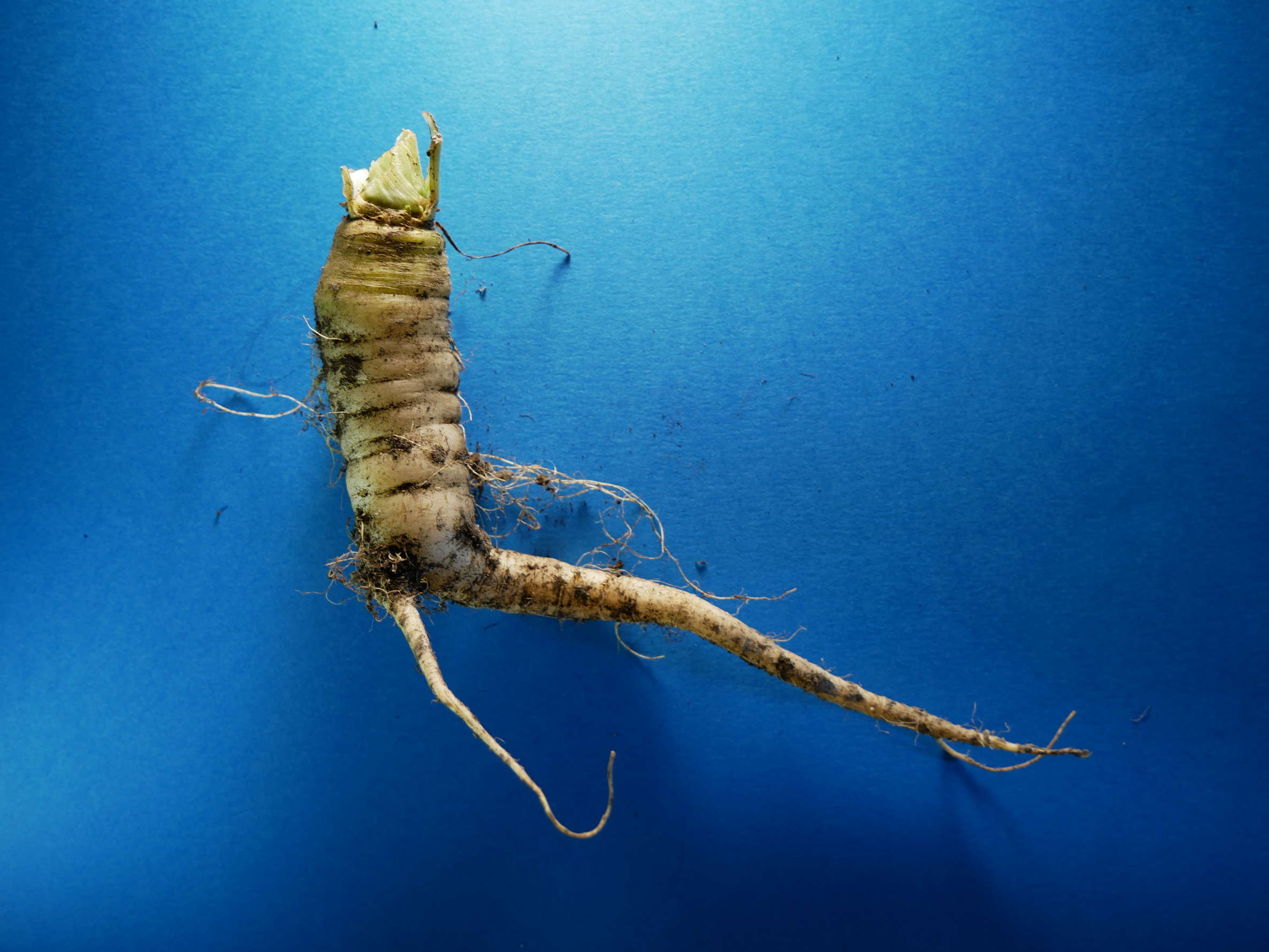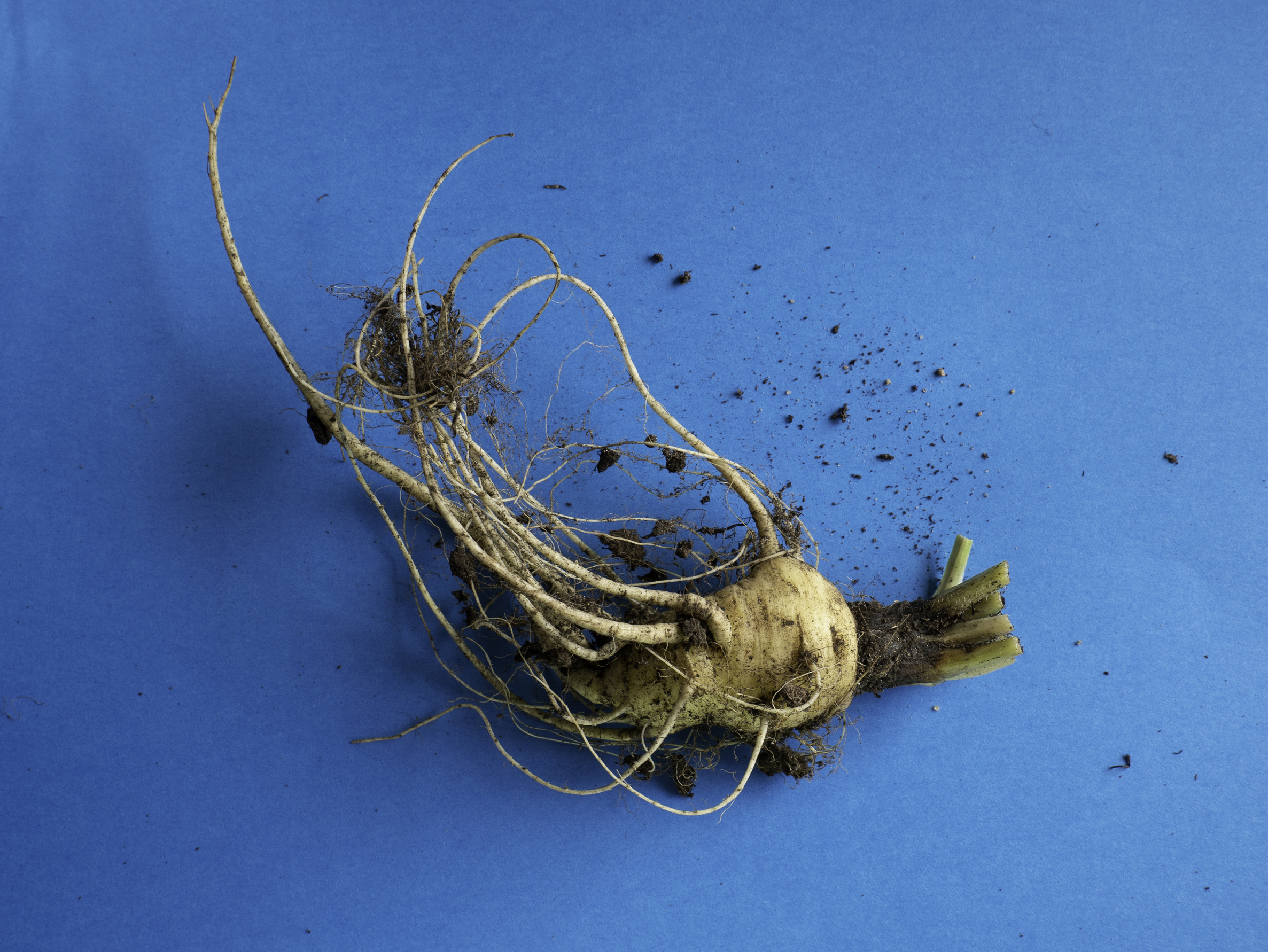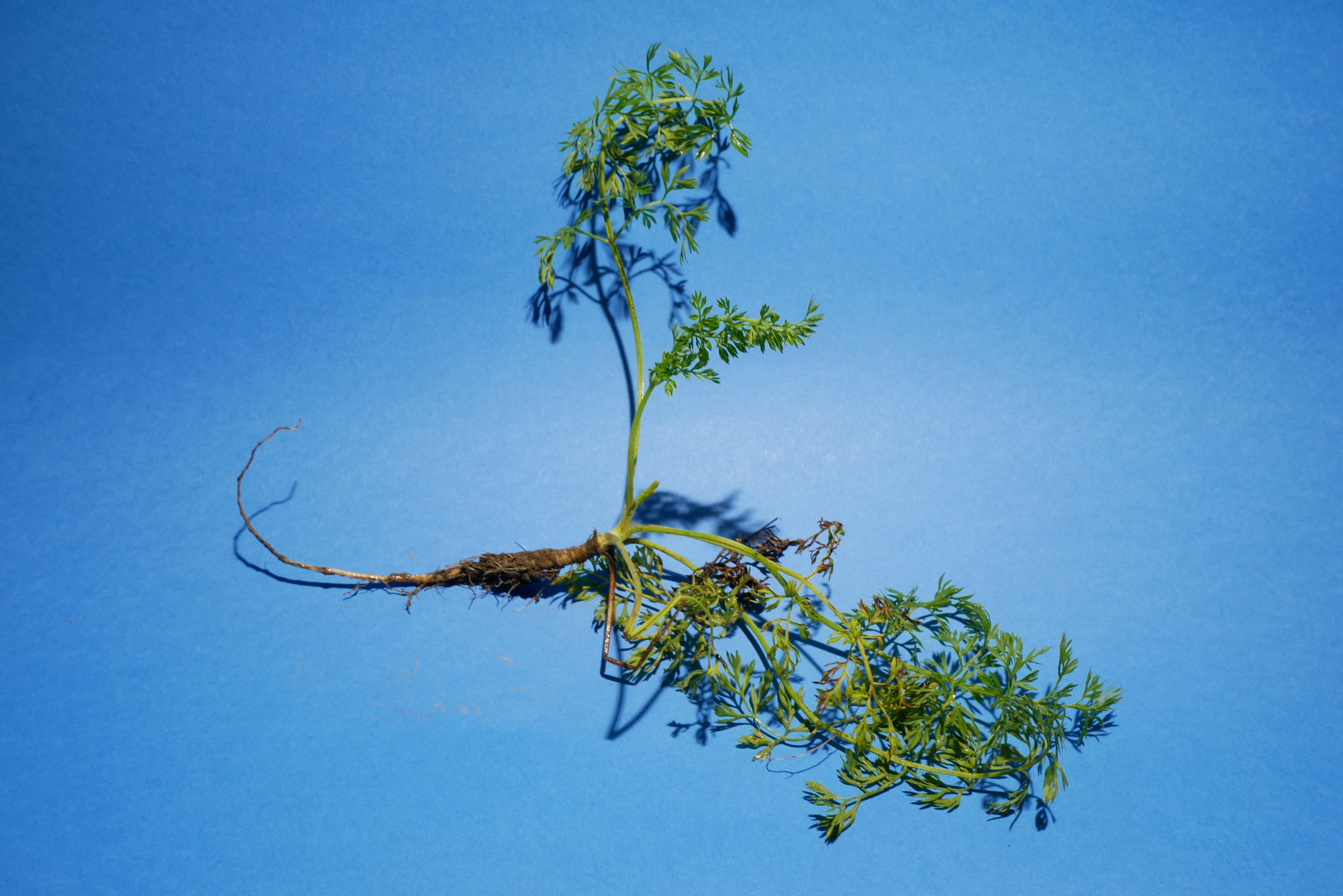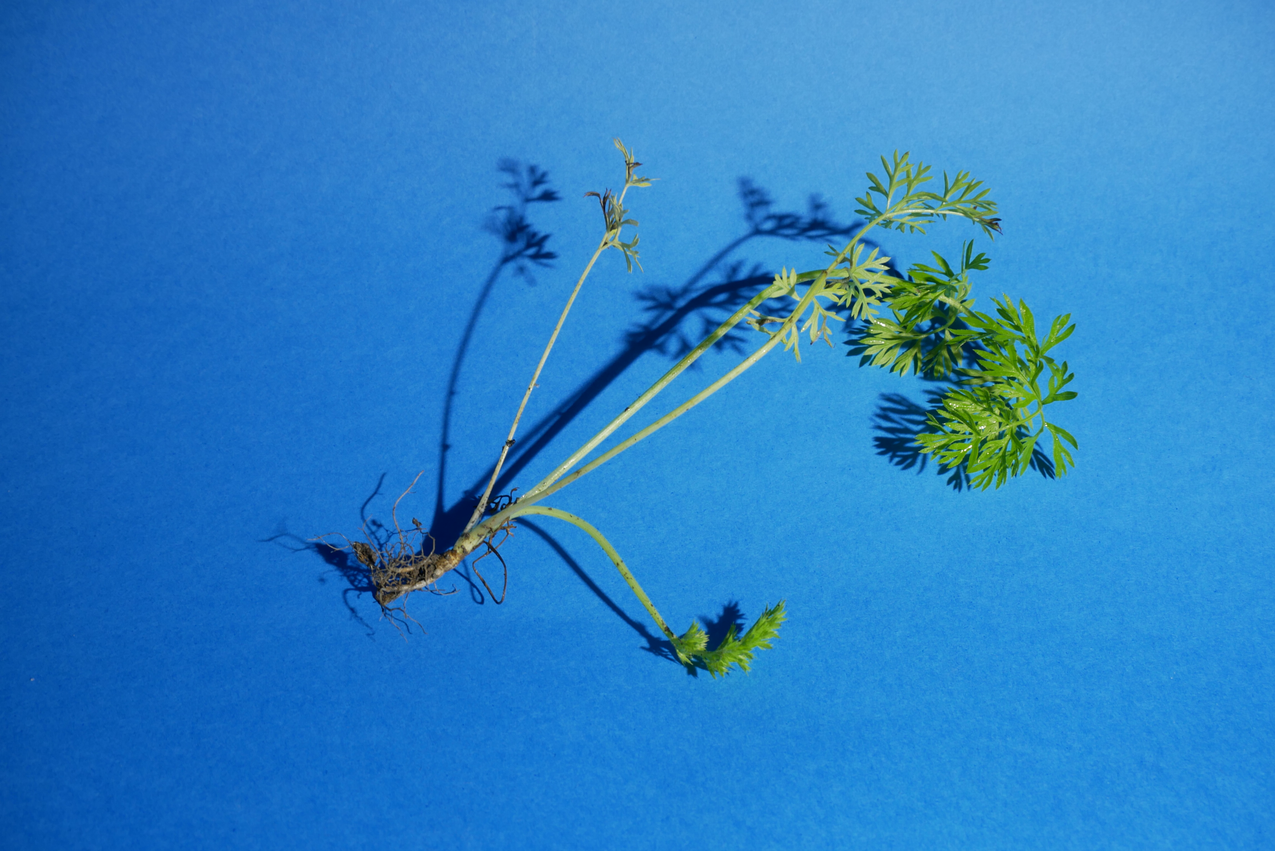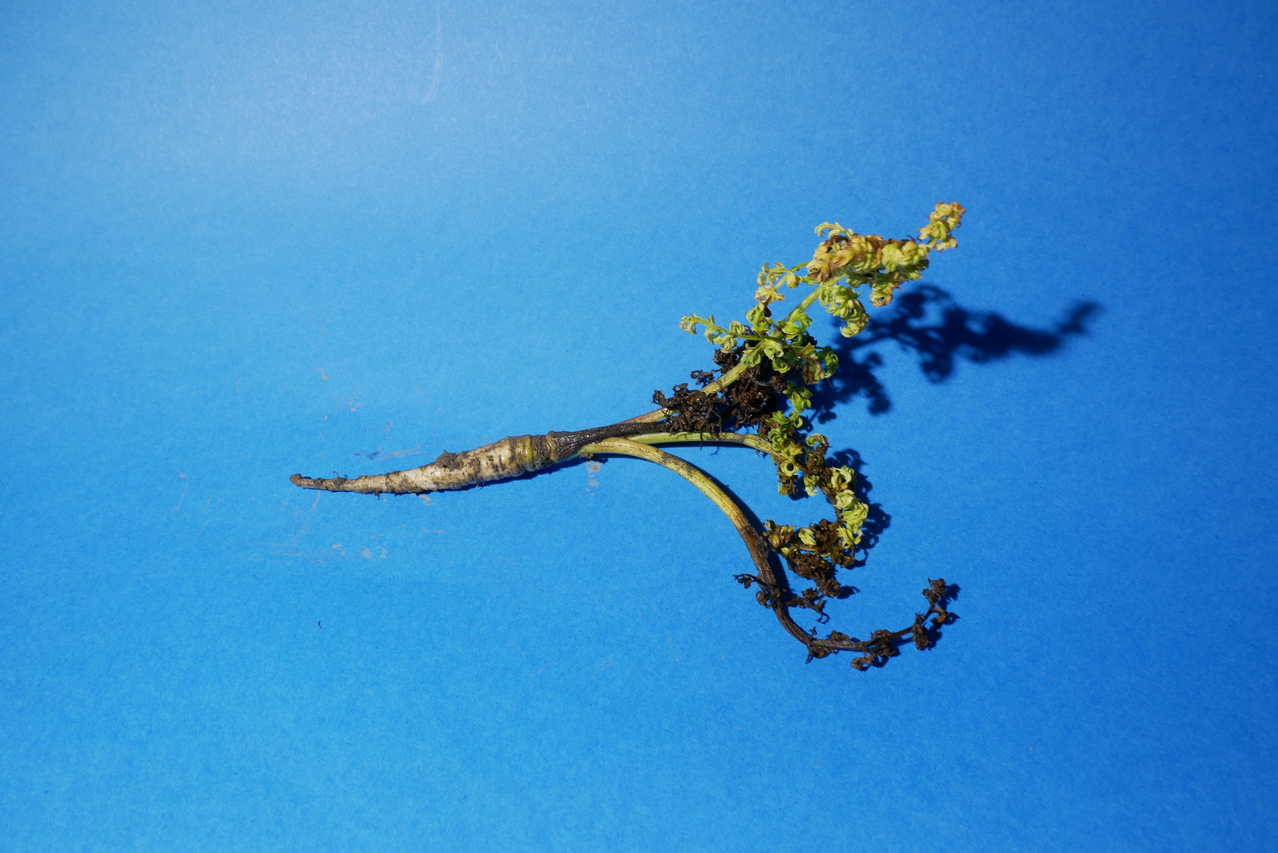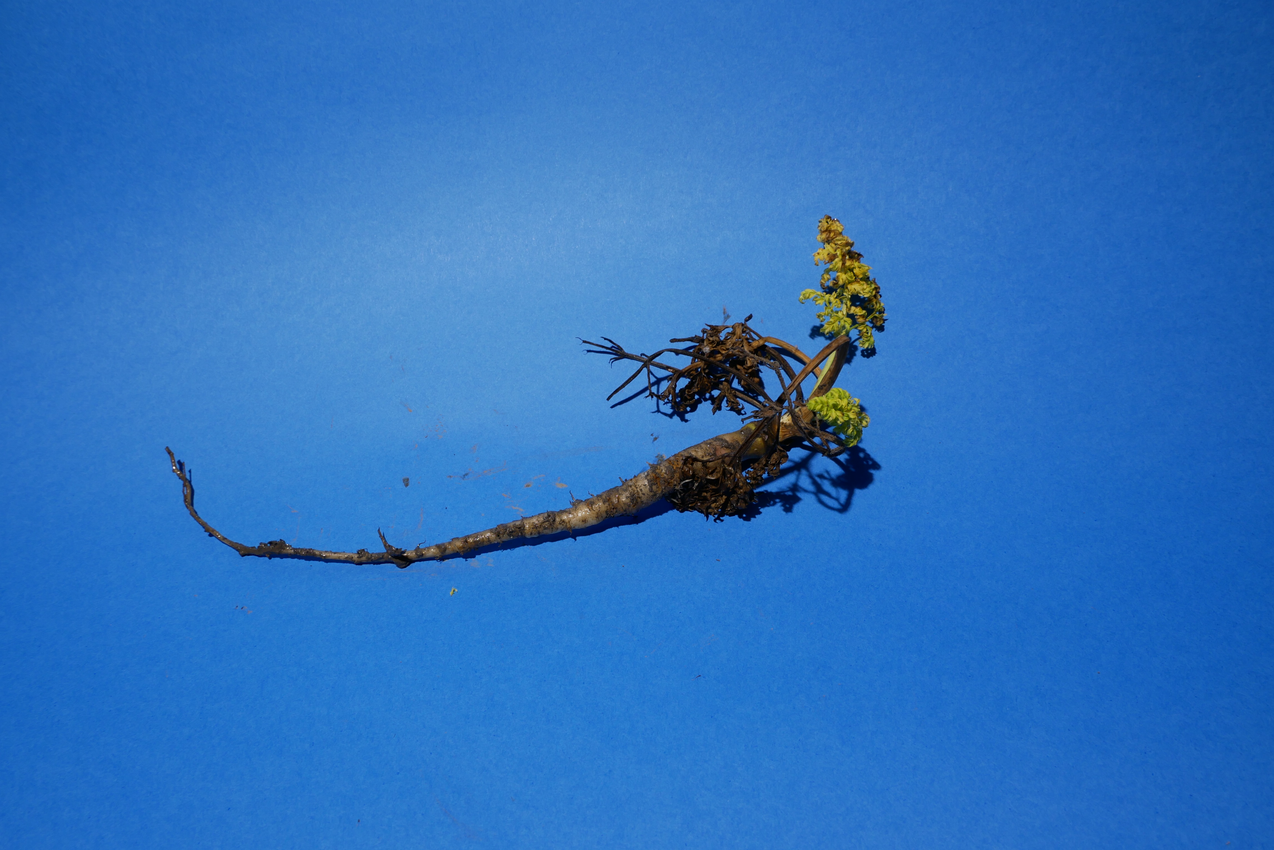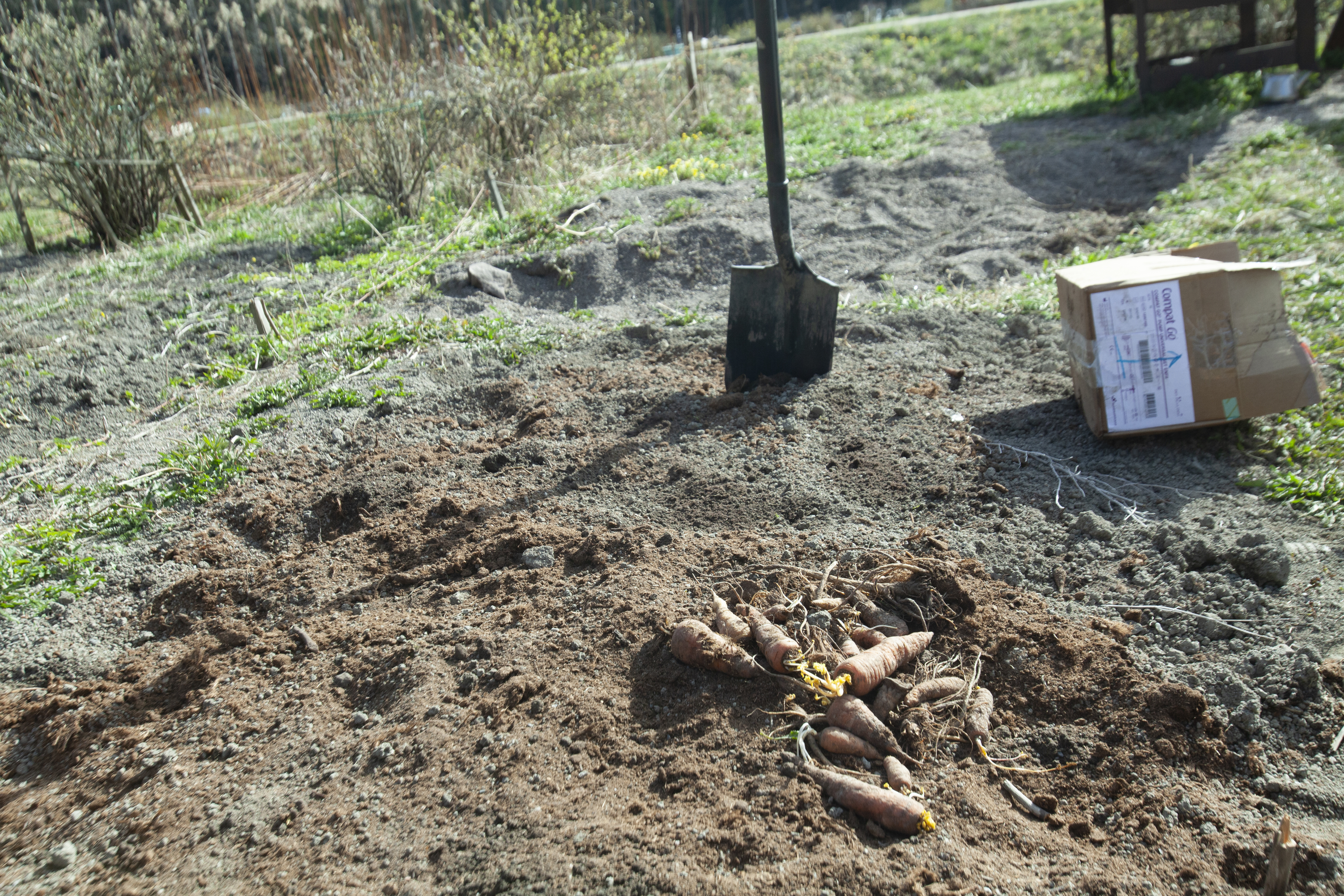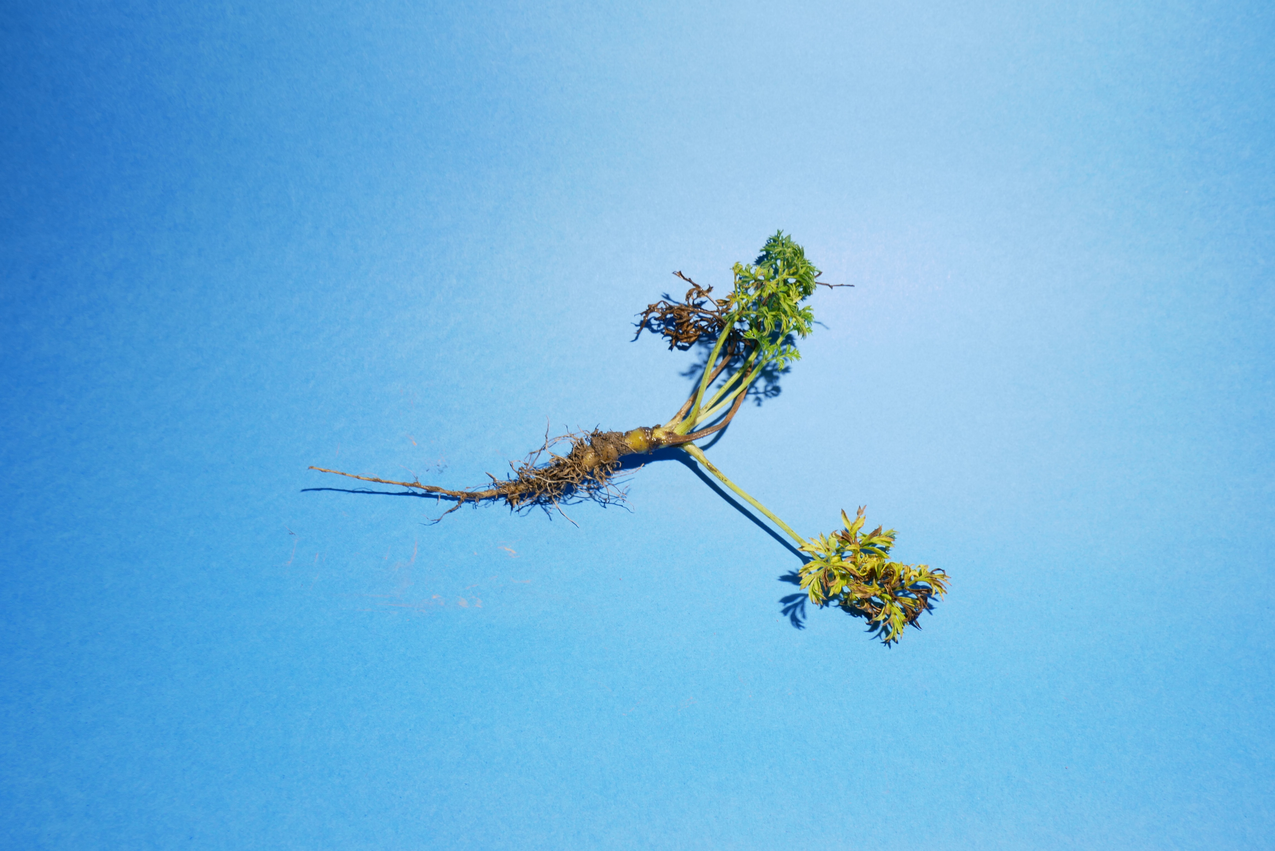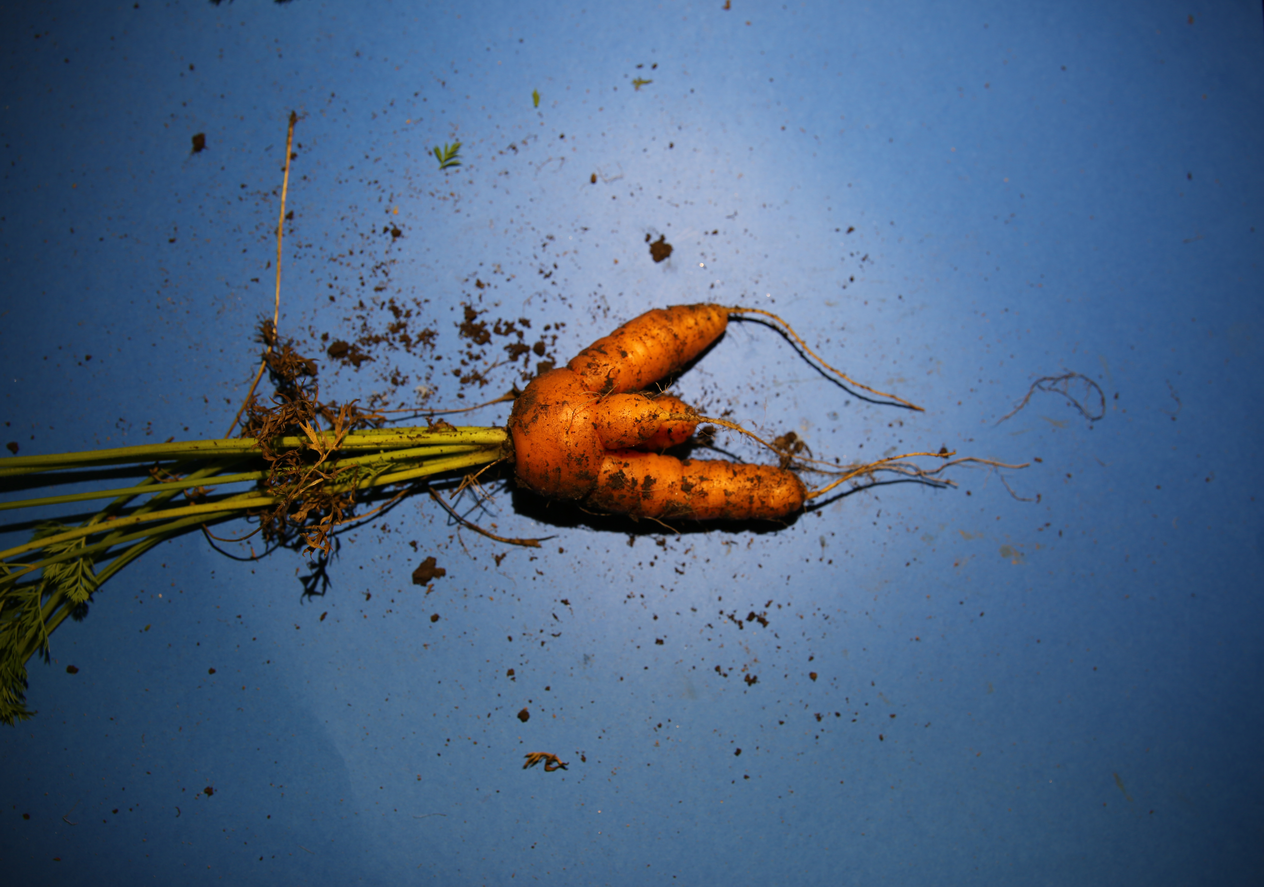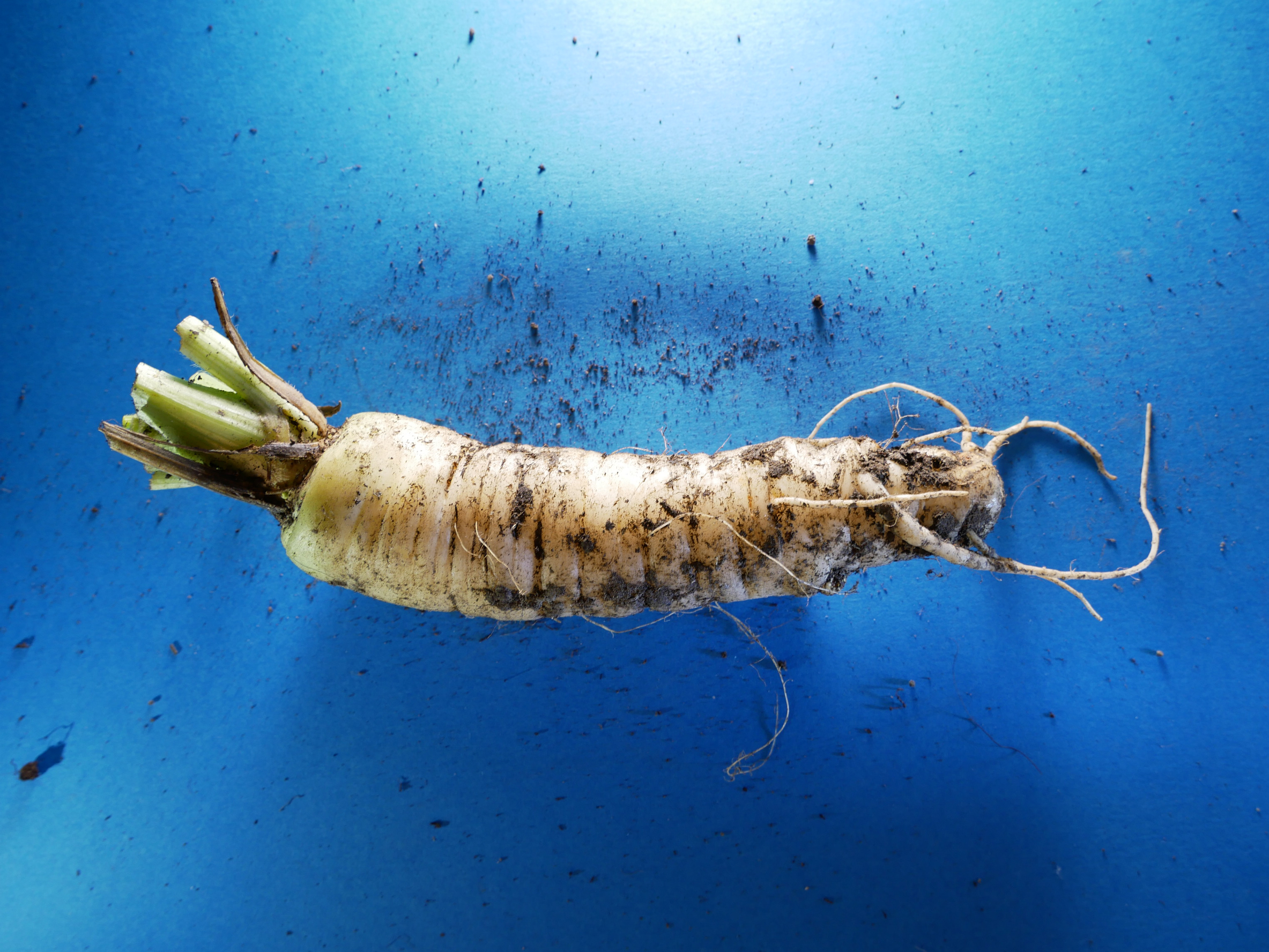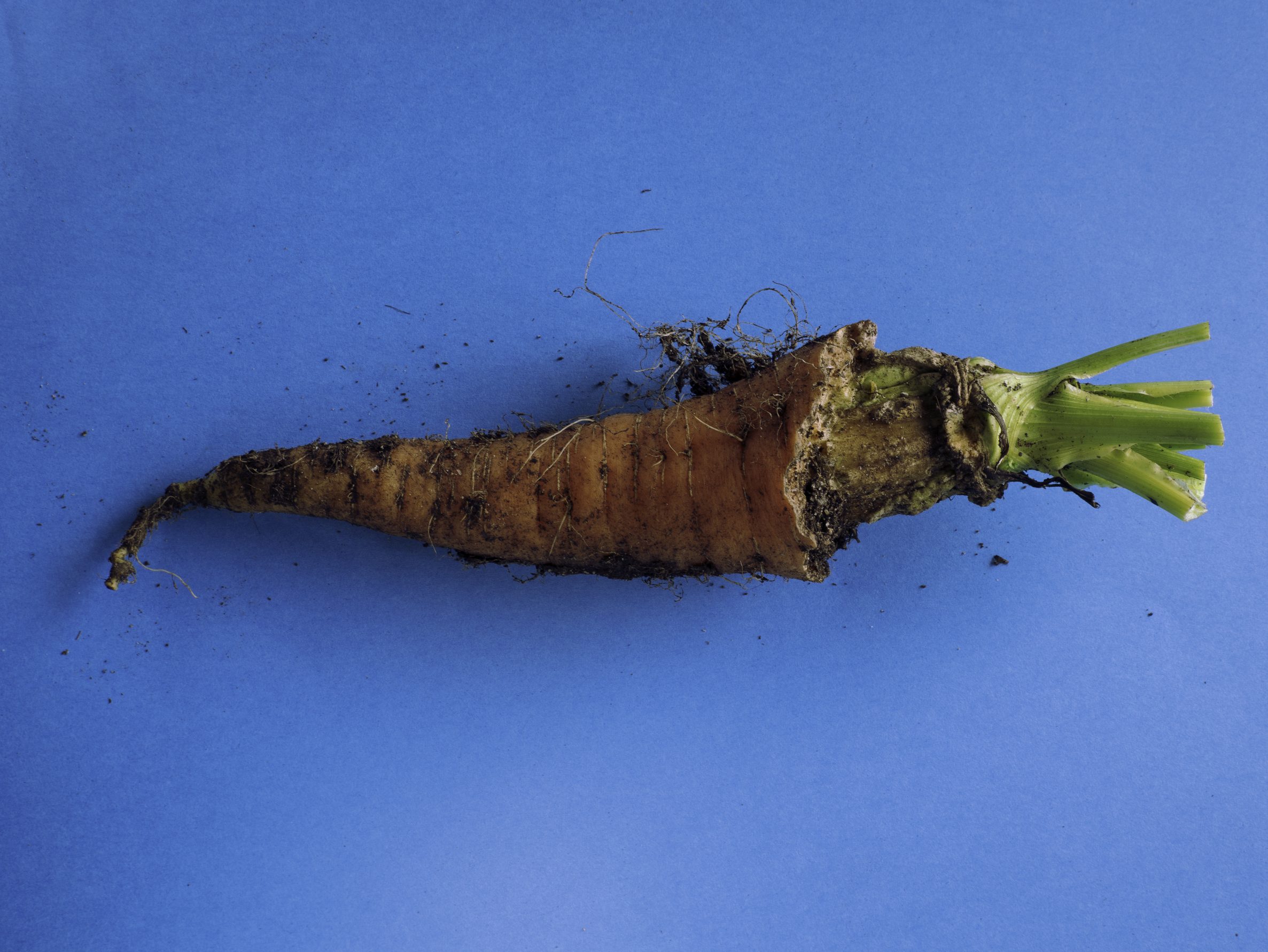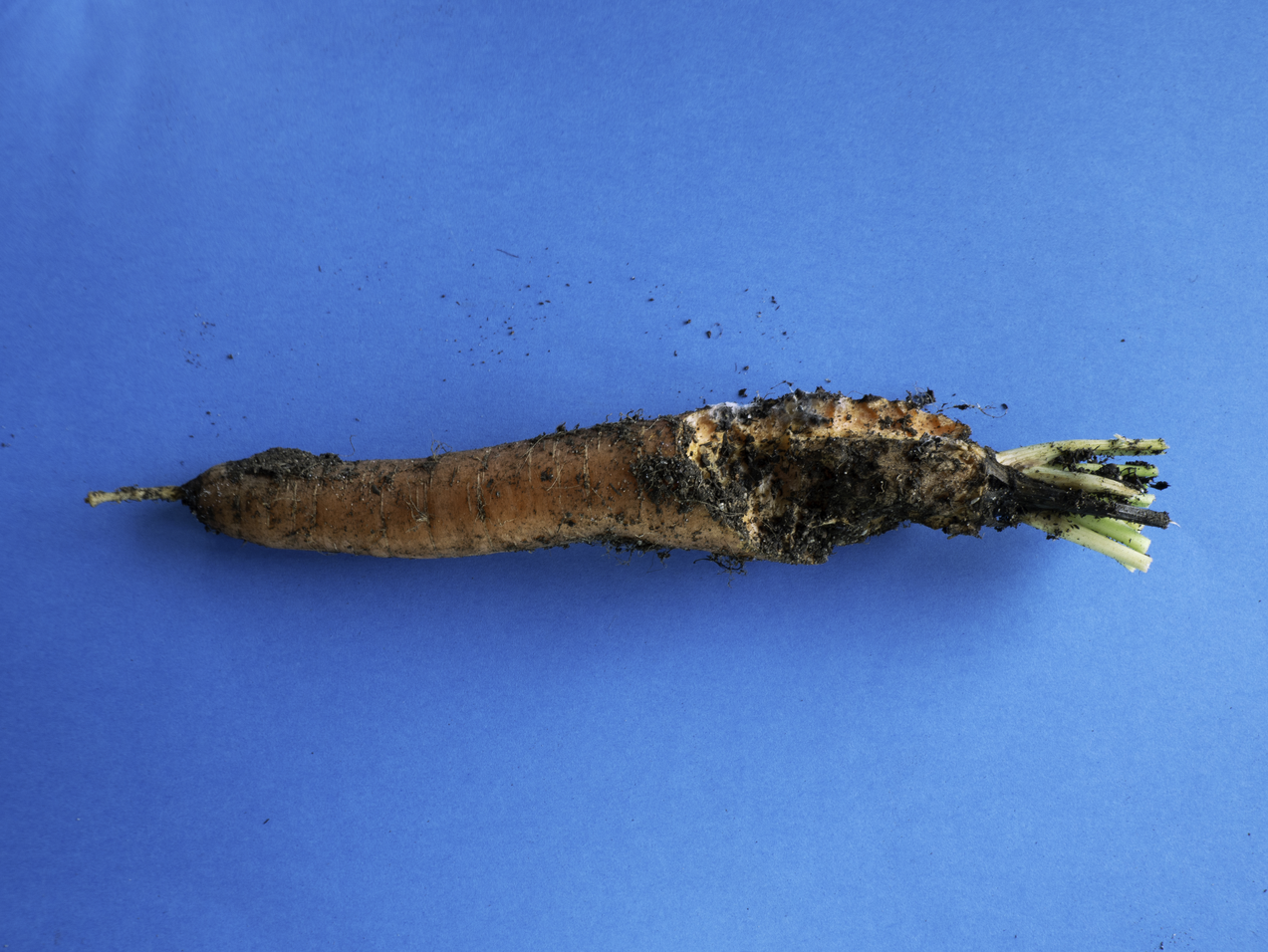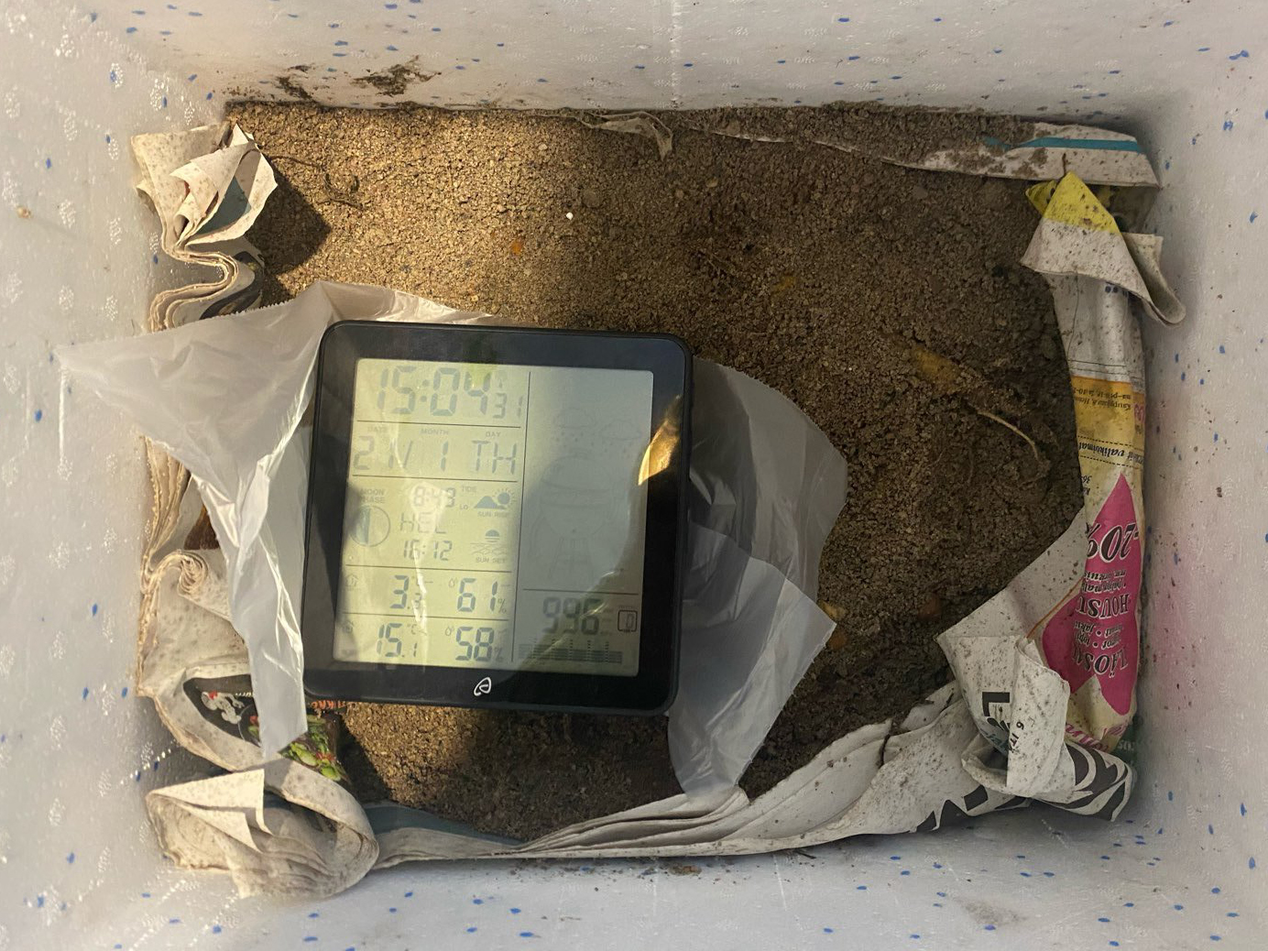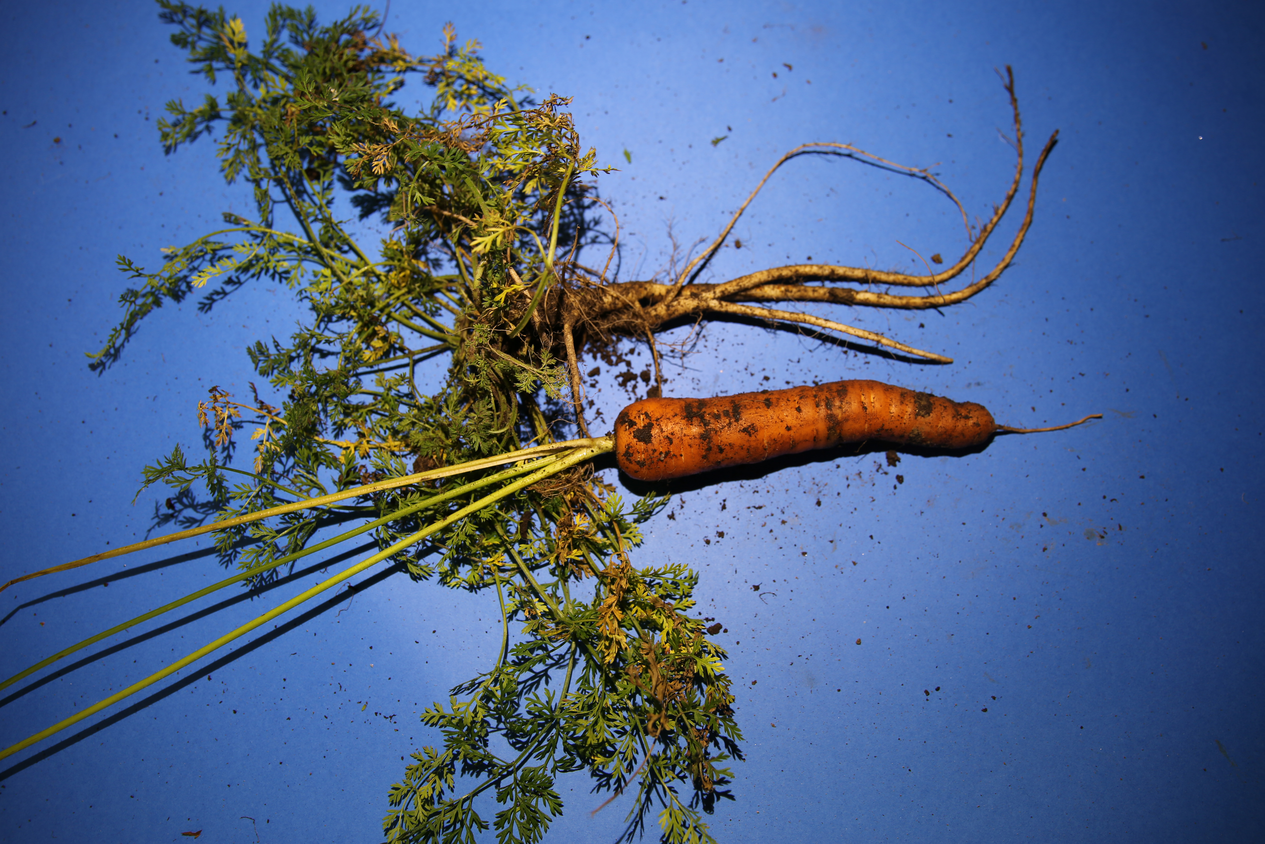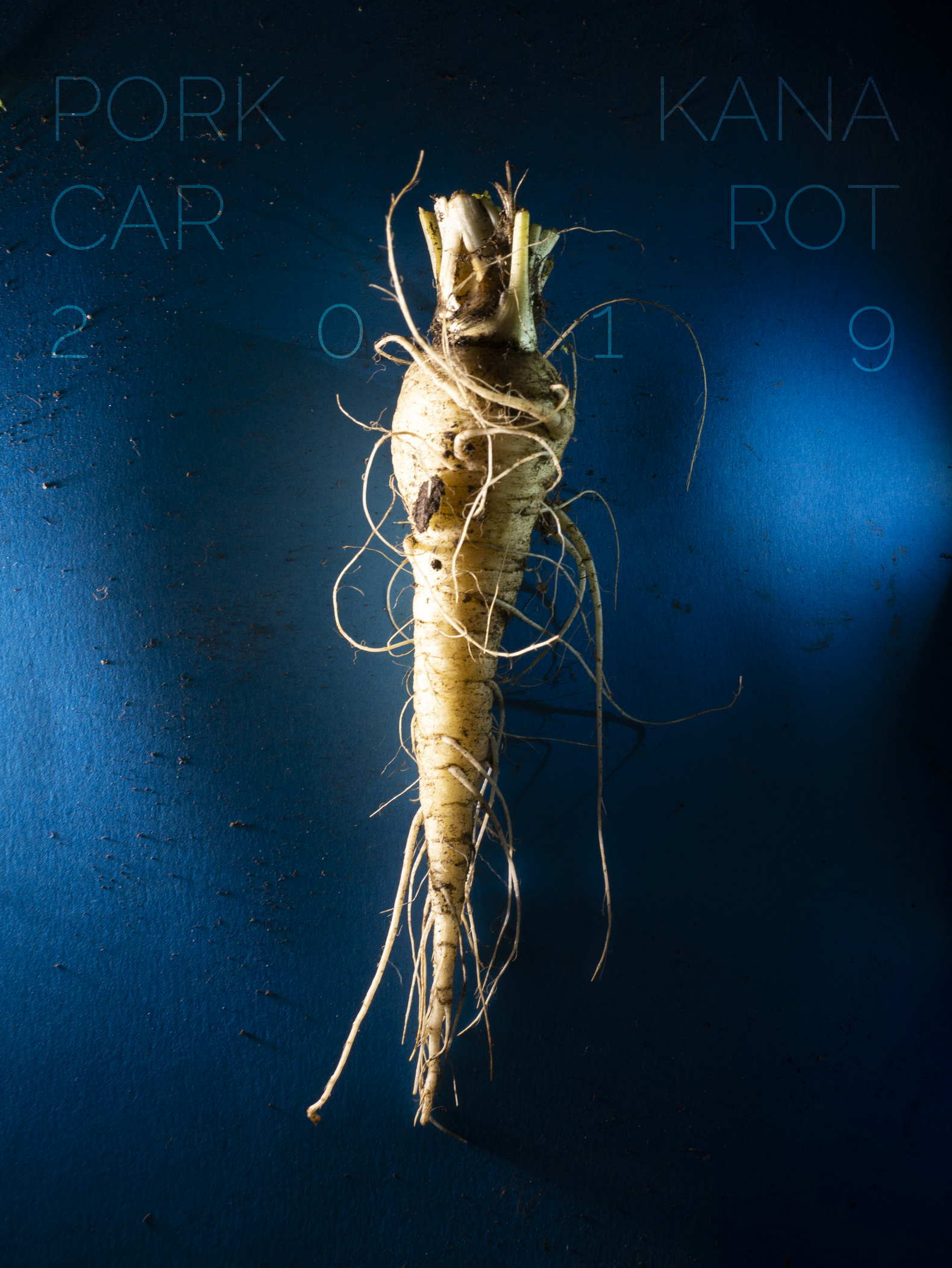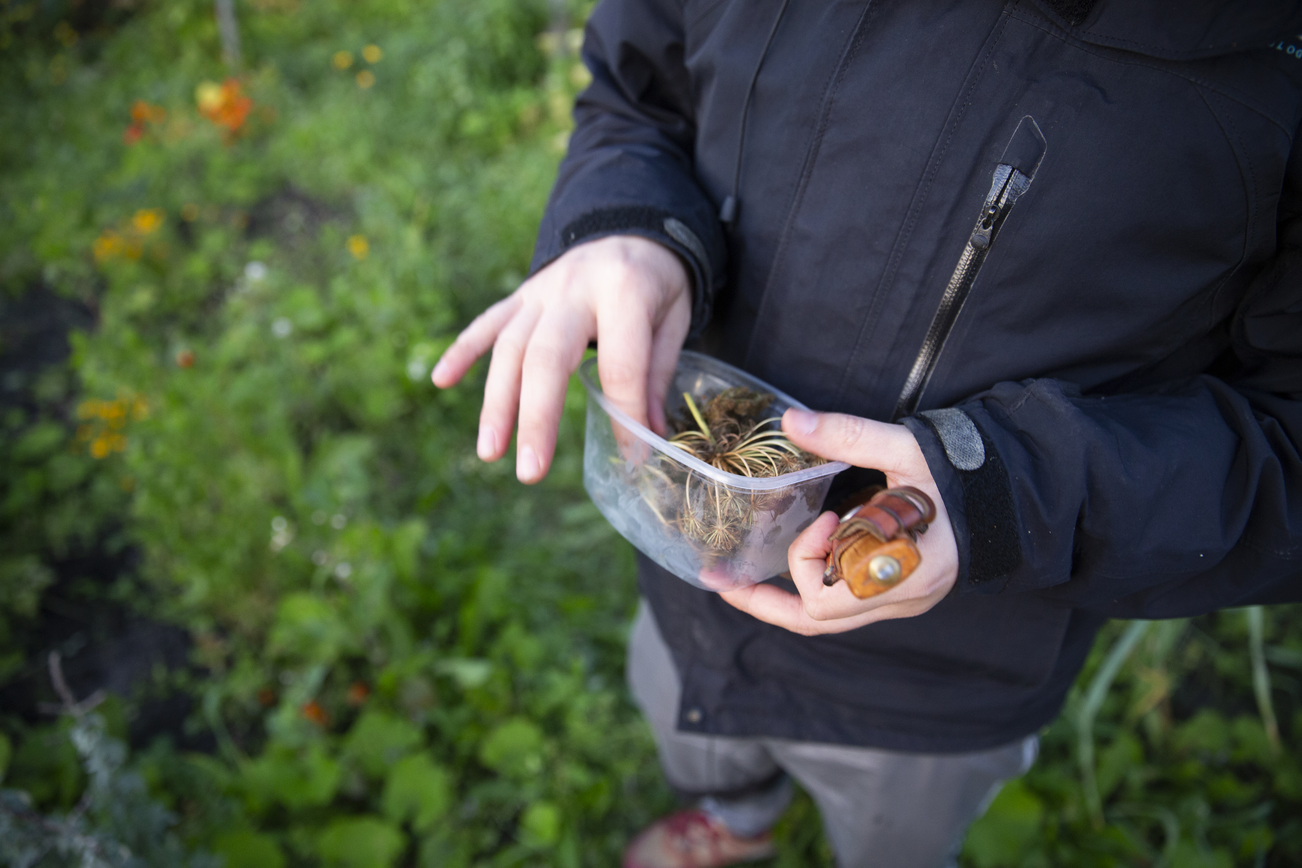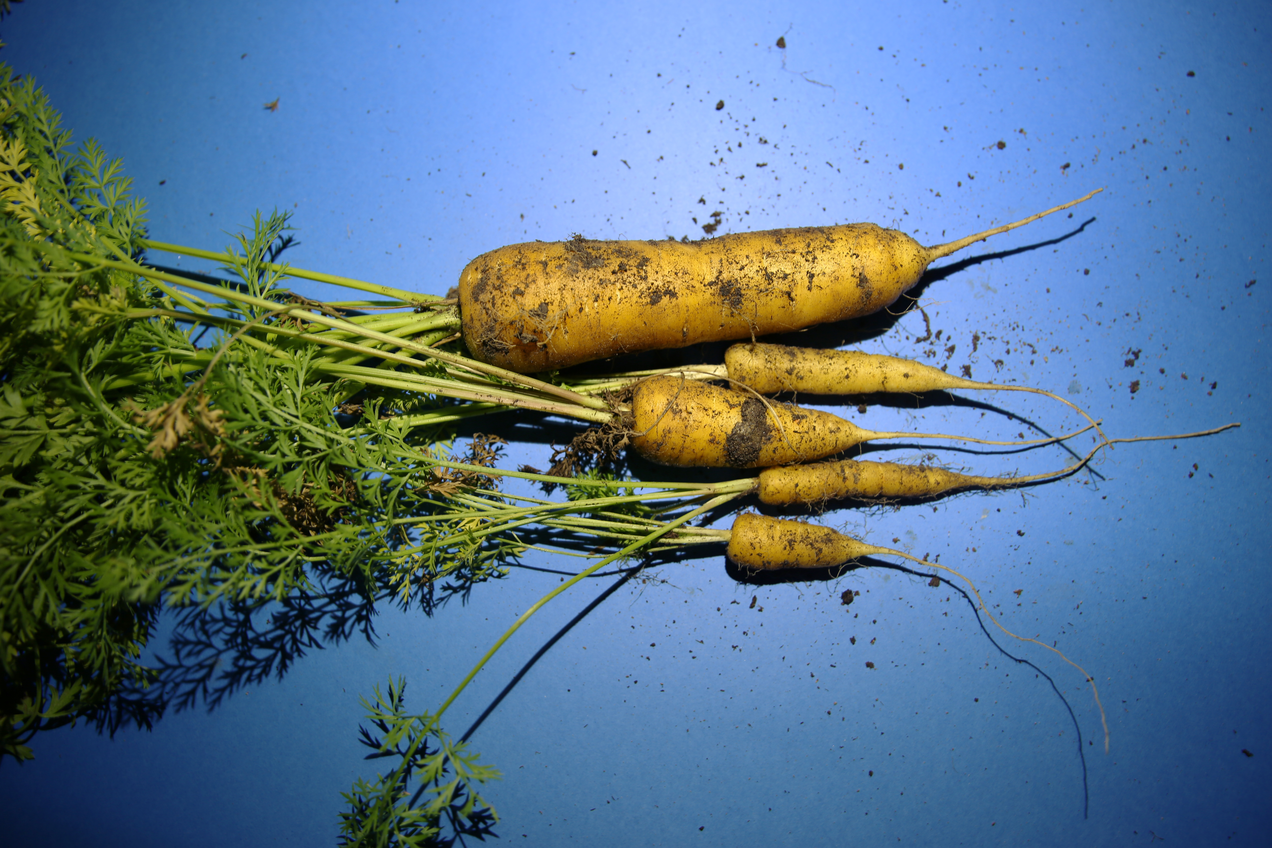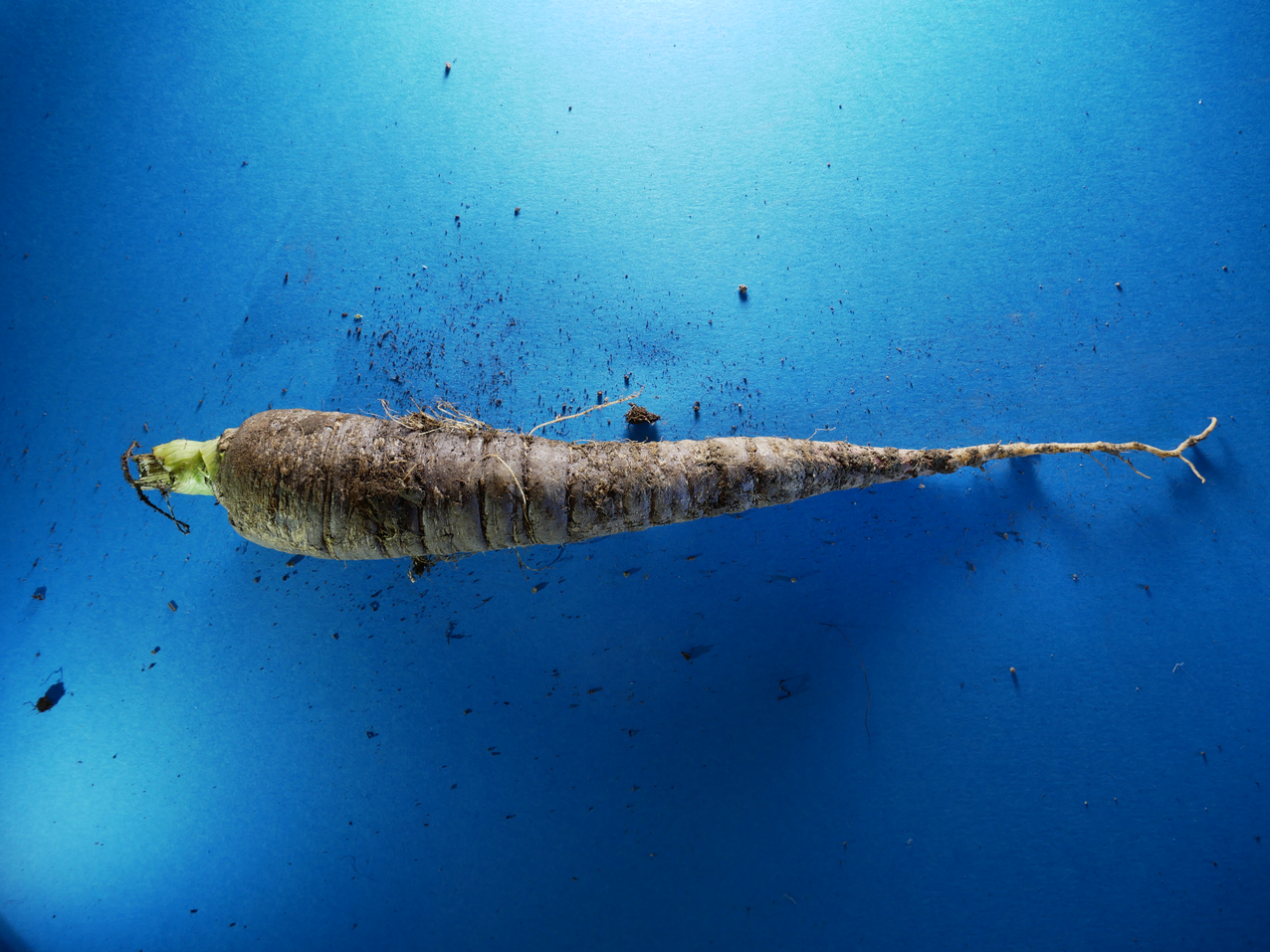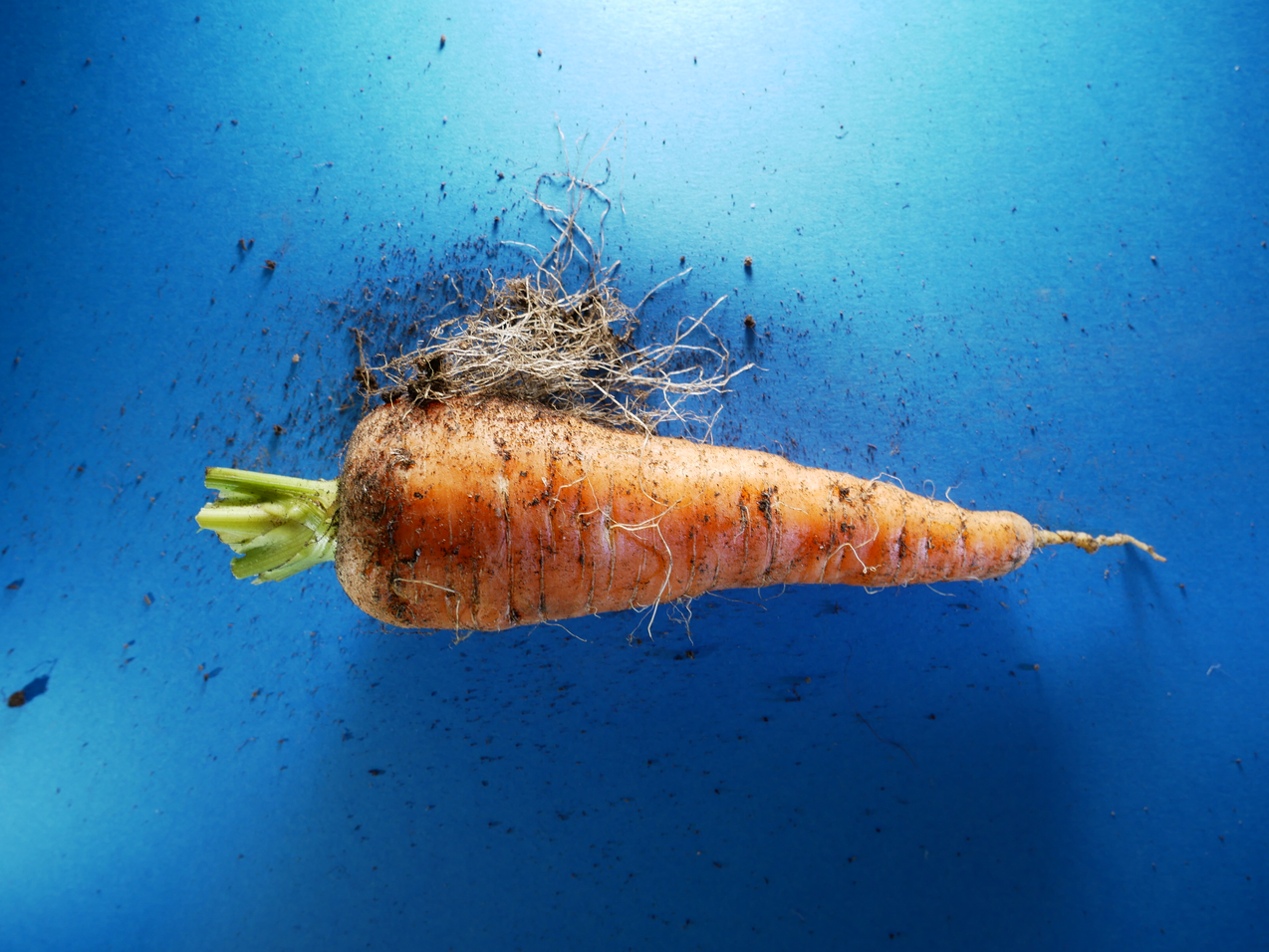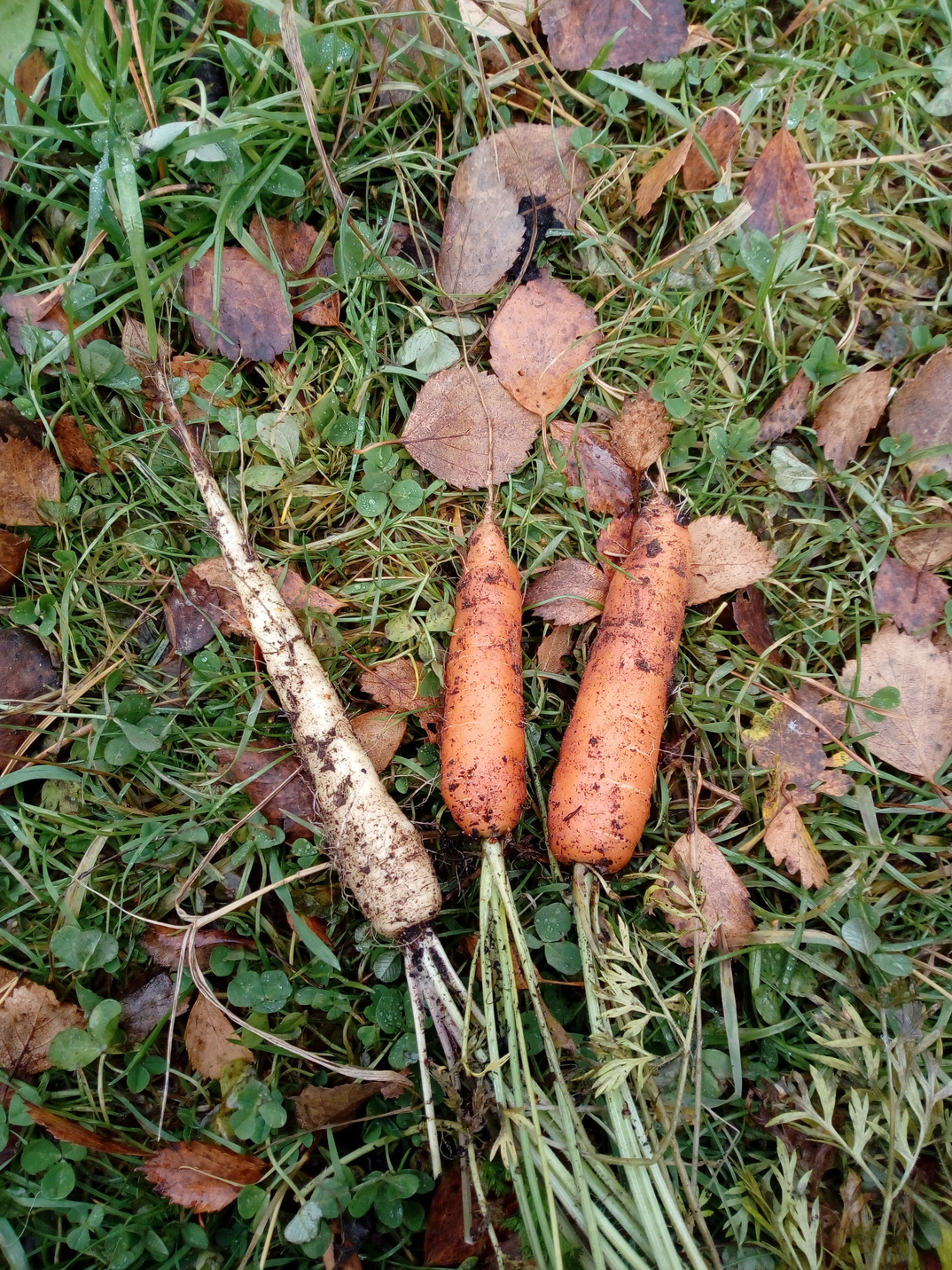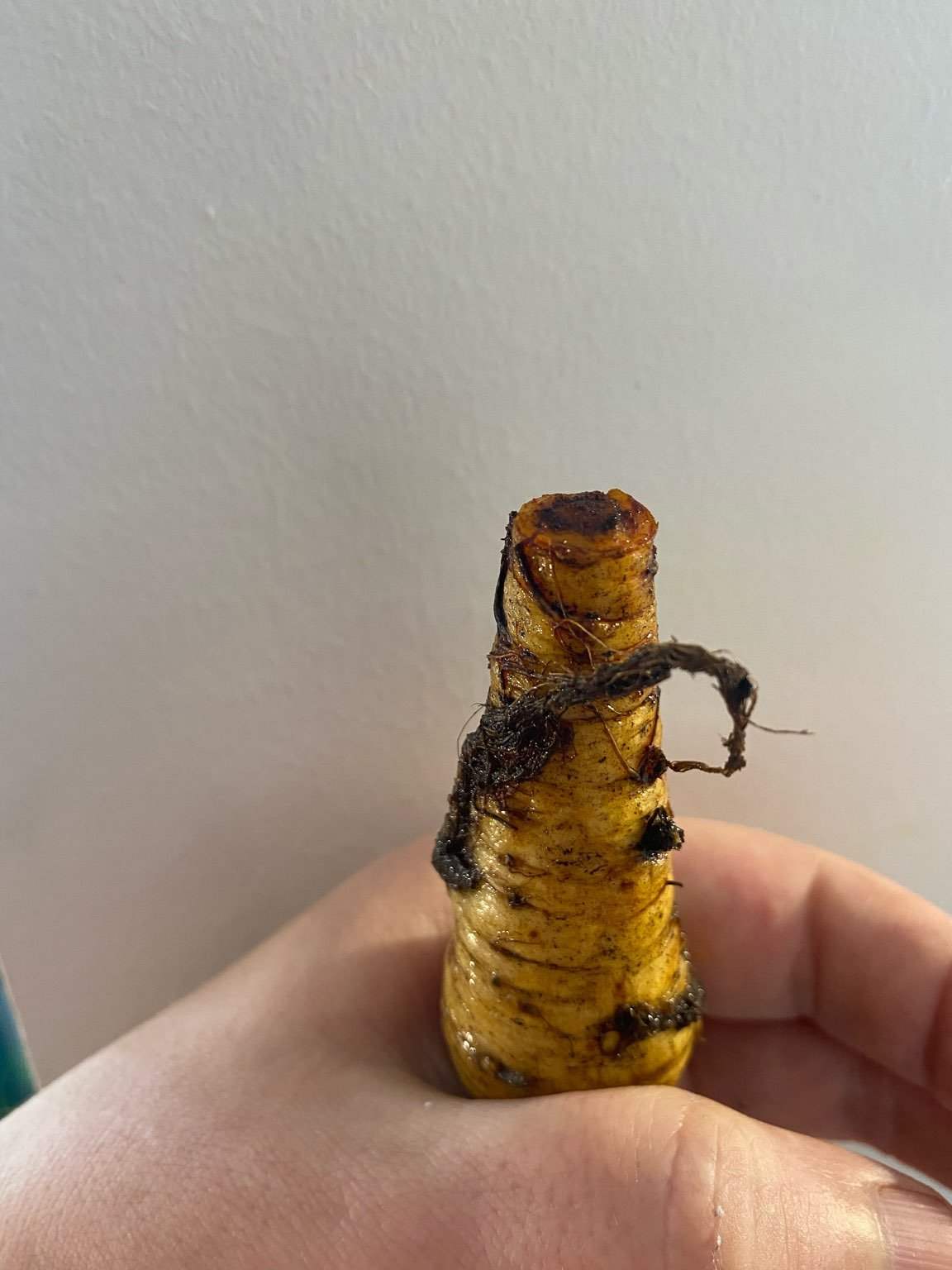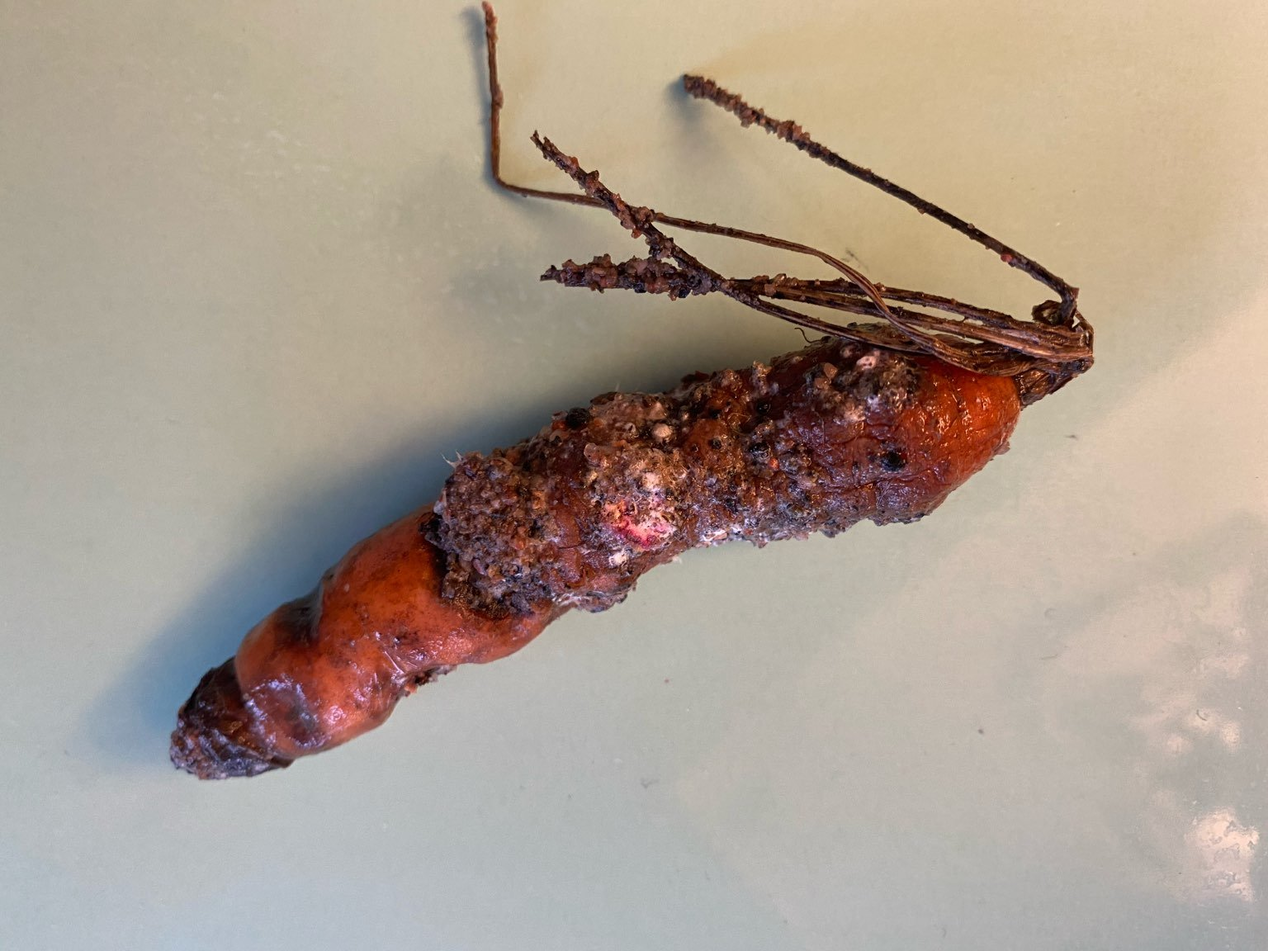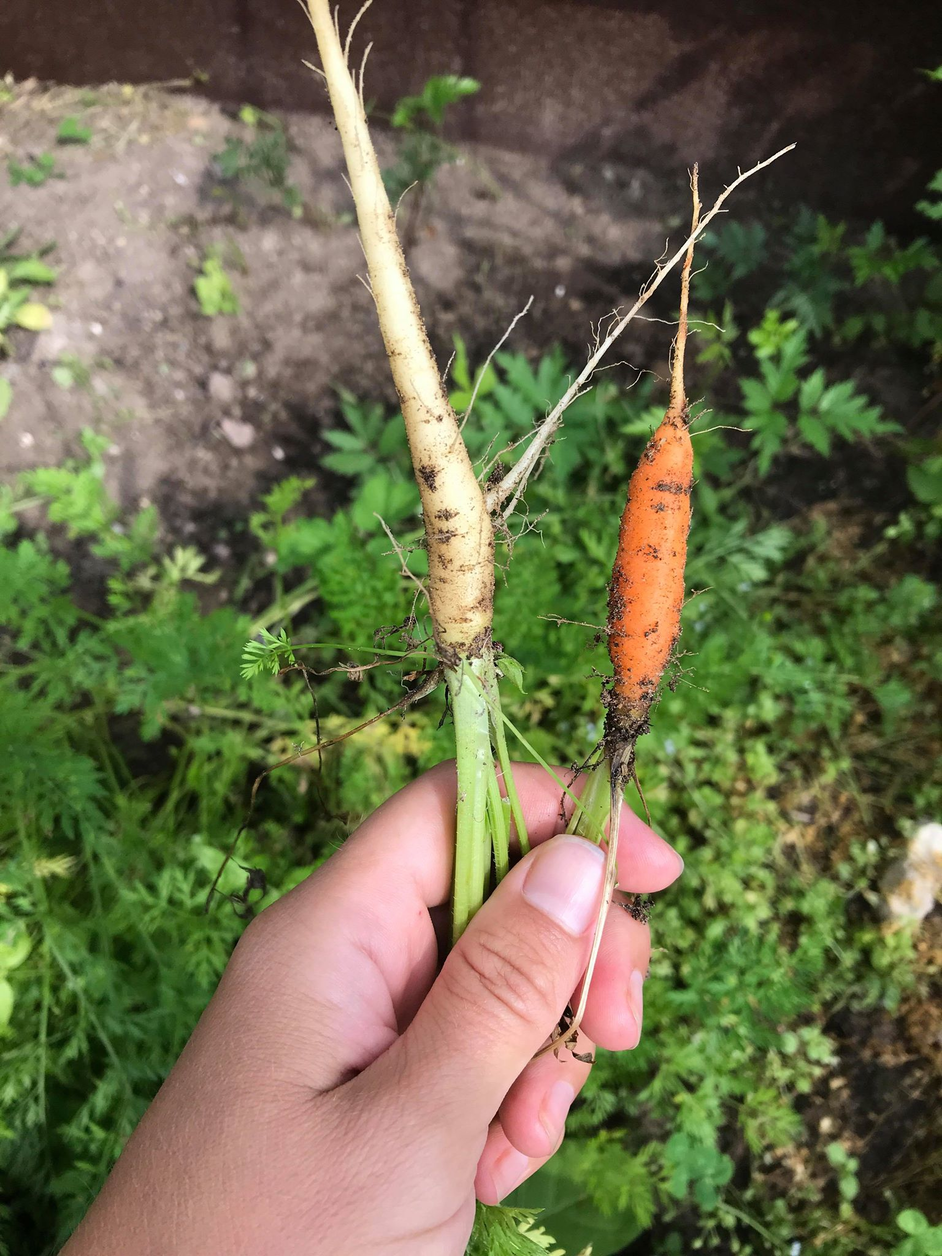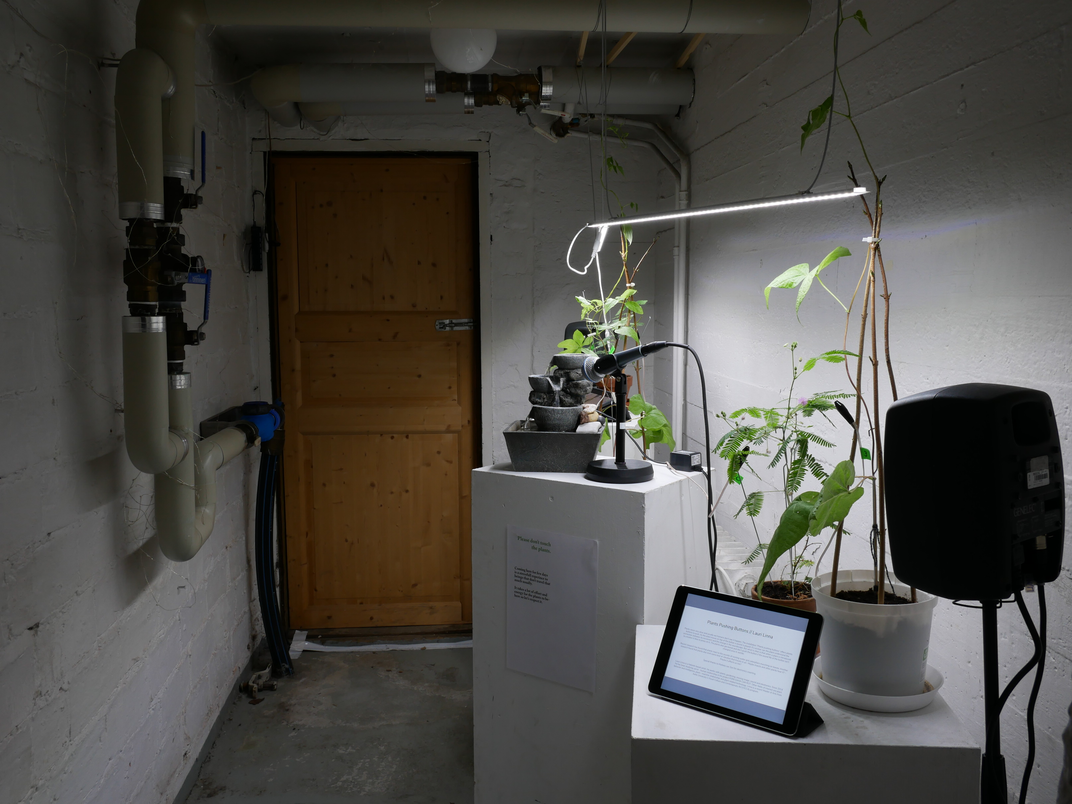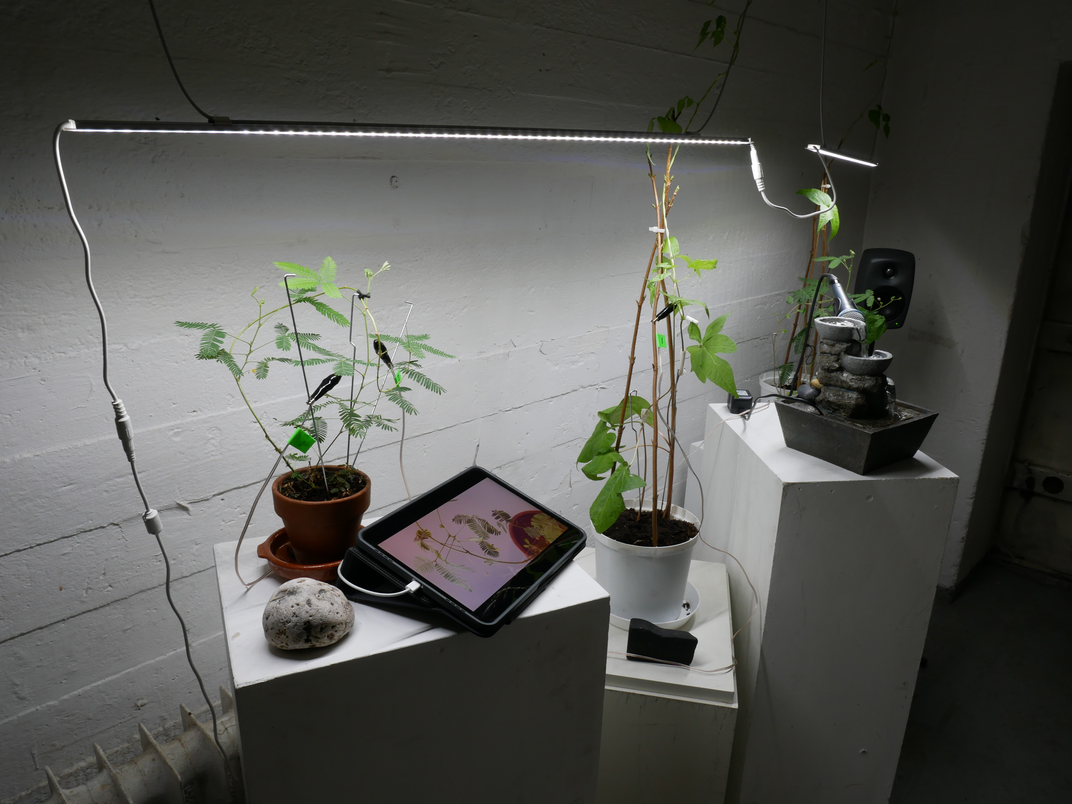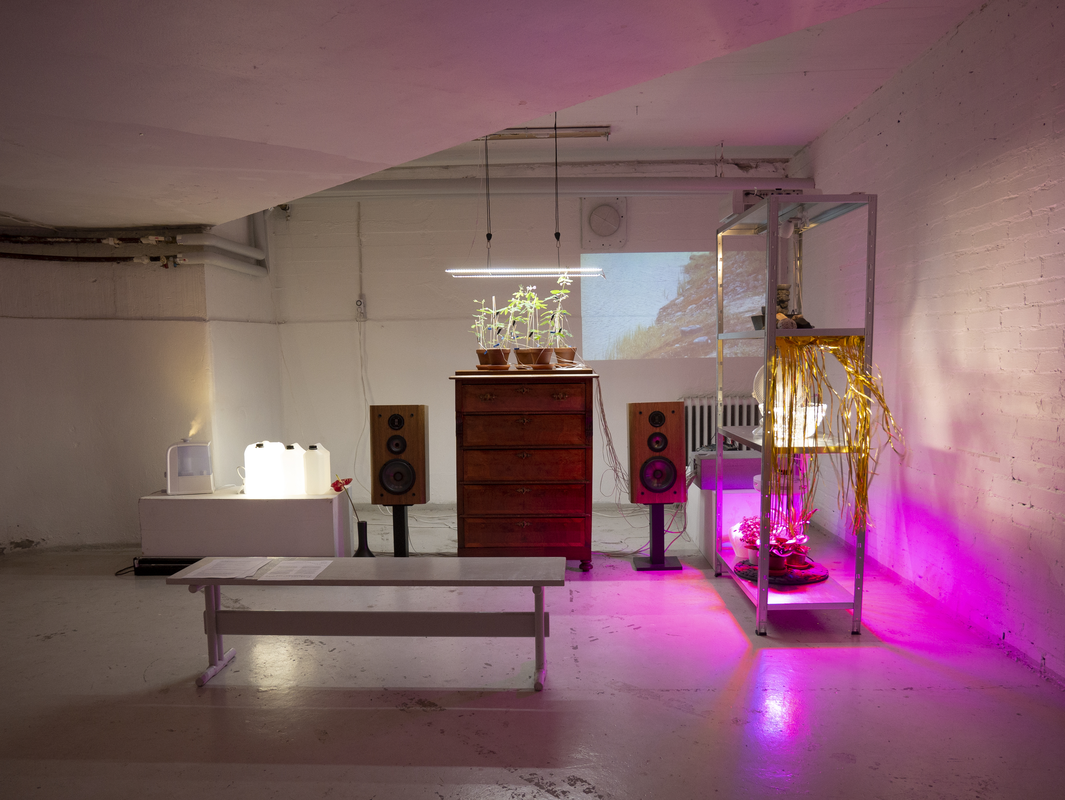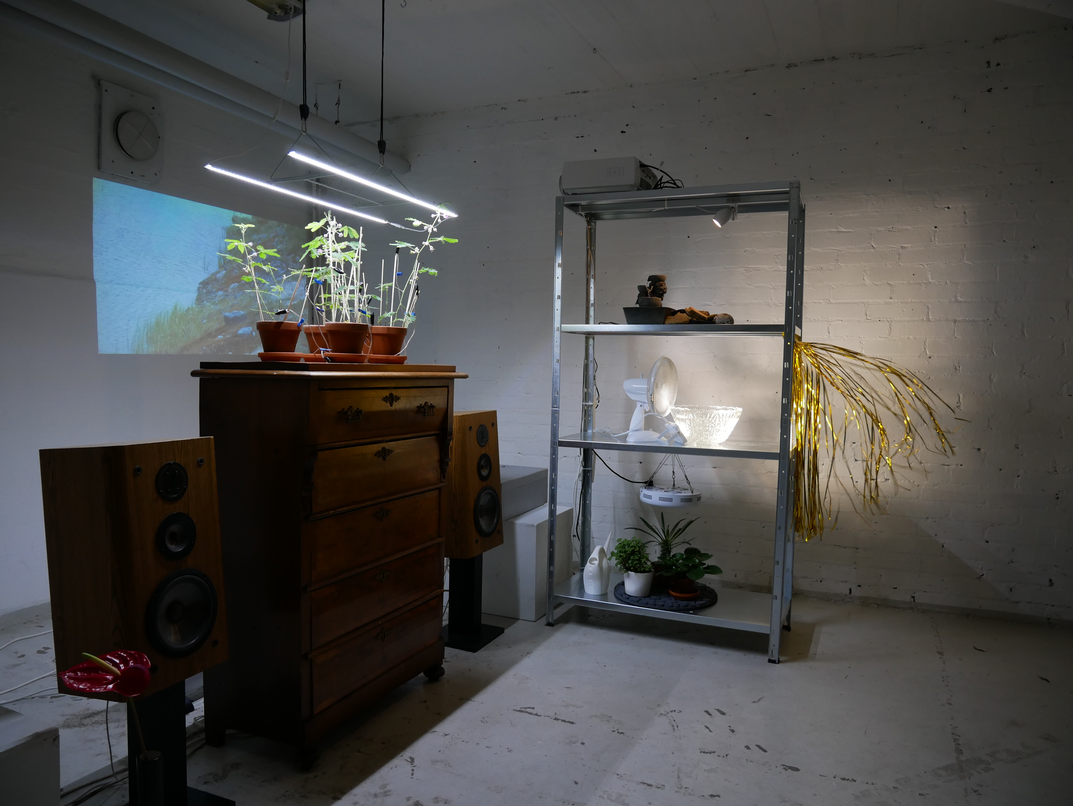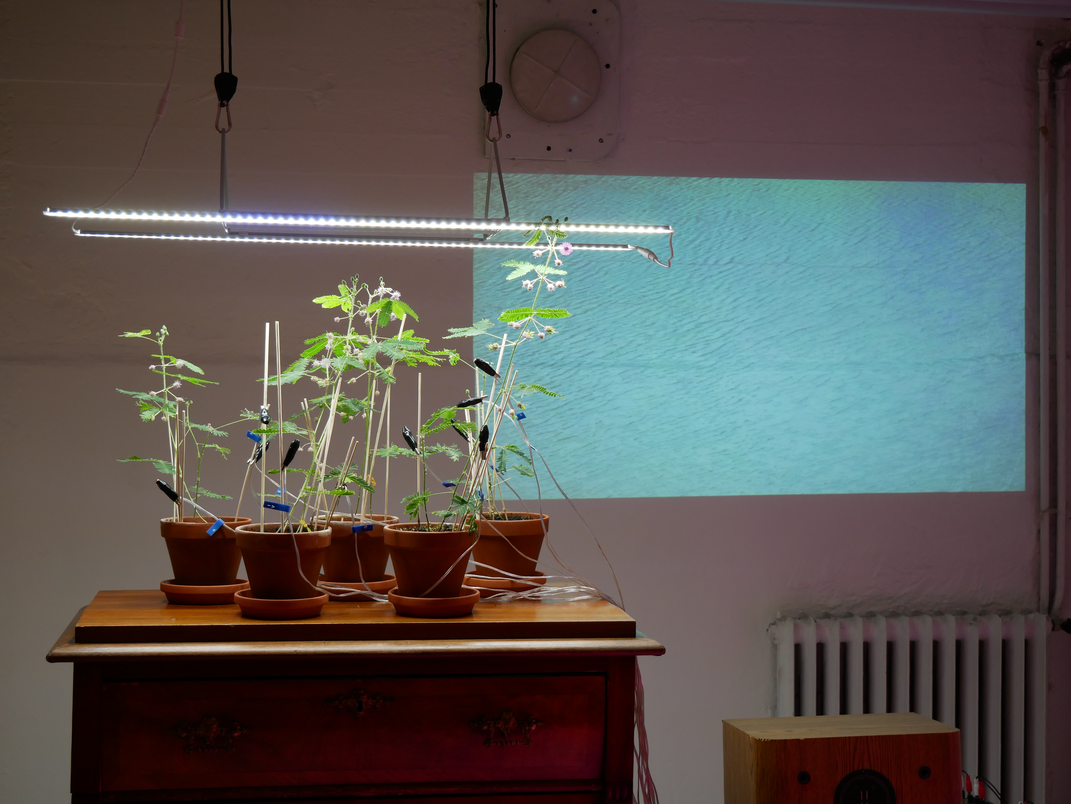OFFSHOOT THERE -- Scroll to the side for the Keyboard for plants. After visiting the keyboard, please return back here. >>>----------------------------------------------------------------------------------------------------------------------------------------------------------------------------------------------------------------------------------------------------------------------------------------------------------------------------------------------------------------------------------------------------------------------------------------------------------------------------------------------------------------------------------------------------------------------------------------------------------------------------->
Apiaceae is a plant family also known by the name of the carrot family. Apiaceae are herbaceous plants whose flowers are usually umbels consisting of multiple small flowers spreading from a common point. The family contains plants such as anise, caraway, celery, coriander, cumin, dill, fennel, parsley, parsnip, and carrot. The first Apiaceae appeared around 87 – 54 million years ago. The first fossils of seeds thought to be Apiaceae seeds were found in Wyoming and Montana (U.S.A) and are 69 million years old. The origins of domesticated carrots are probably in Central Asia, where their wild ancestors grew around the area that is now known as Iran and Afghanistan.
“The time frame and geographic region(s) of the first cultivation of carrots are unclear. Vavilov (1992, pp. 337–340) identified Asia Minor (eastern Turkey) and the inner Asiatic regions as the centers of origin of cultivated carrots and noted Central Asia (Kazakhstan, Kyrgyzstan, Tajikistan, Turkmenistan, Uzbekistan) as being “the basic center of Asiatic kinds of cultivated carrots” where “wild carrots ... practically invited themselves to be cultivated”. As observed by the presence of carrot seed at prehistoric human habitations 4000 to 5000 yrs ago (Newiler, 1931), it is speculated that wild carrot seed was used medicinally or as a spice (Andrews, 1949; Brothwell and Brothwell, 1969). The carrot was cultivated and used as a storage root similar to modern carrots in Afghanistan, Iran, Iraq, and perhaps Anatolia beginning in the 10th century (Mackevic, 1932; Zagorodskikh, 1939). On the basis of historical documents, the first domesticated carrot roots were purple and yellow and recorded in Central Asia, Asia Minor, then Western Europe, and finally in England between the 11th and 15th centuries (Banga, 1963). Interestingly, orange carrots were not well documented until the 15th and 16th centuries in Europe (Banga, 1957a, b; Stolarczyk and Janick, 2011), indicating that orange carotenoid accumulation may have resulted from a secondary domestication event.”
(Iorizzo et al., 2013)
Since 2016 Linna has nourished a relationship with the carrots that grow in his allotment garden in Helsinki, Finland. The garden is an extension of Linna's studio, which he refers to as "The Garden of the Not So Simple”. The garden and studio spaces are shared by Linna and approximately 50 different plant species, excluding the countless weeds whose names he does not know. Linna has named the carrots as PORK KANA CAR ROT.
The studio is named after the Orto botanico di Padova, the botanical gardens of Padua, Italy. The Paduan garden is the oldest academic garden in the world, having been established by the Venetian Republic in 1545. It is sometimes called “the garden of the simple”. Here, “simple” refers to the simple medicinal plants grown in the garden. But naming the medicinal plants as such resonates with traditions of Western thinking that frame plants as simple beings; an idea that can be traced back to Aristotle, and continues to be sustained in the present day (Hall, 2011).
The images in this exposition document the different PORK KANA CAR ROT populations from 2016 until 2020.
In 2016, Linna sowed heirloom varieties of carrots originating from areas around the Fennoscandian peninsula and Siberia. Alongside these, Linna planted wild carrot seeds. By choosing varieties that originate from areas nearby Southern Finland, Linna seeks to establish a population of carrots that have acclimated through generations to the area’s conditions and are therefore more likely to survive. This mirrors the similar process of trial and error across generations by which many common wild plants have evolved to survive in specific areas. Some commercially produced carrot seeds were rejected, as their genomes may have been tampered with through selective breeding, potentially causing deformations in their offspring, and limiting their ability to reproduce.
The initial idea behind sowing the seeds was to establish a kind of a sanctuary for this economic plant species, the carrot. This sanctuary would function as a space where the human-economic plant relationship could be reevaluated and studied. The first step Linna decided to take was to try to give back the carrot one of the elemental rights of any living being: the right to reproduce. As Linna felt that one of the most problematic issues in our relationship with our economic companion species was the human manipulated reproduction.
Life cycle of carrots
To understand carrots, it may be good to know a bit about their life cycle. Carrots are biennial (similar to many art events e.g. Venice Biennial). This means that the lifespan of a single carrot is two years. The first summer, after the sowing of the seeds, they grow the juicy root, which we humans use for food. We refer to this part of the plant as the carrot, but in reality it is only the root of the carrot plant. We rarely see the whole plant or its whole life cycle. The whole of the carrot is lost to many of us and we only know a small part of the thing.
In warmer climates, you can leave the root in the ground for the winter and the following spring it will start growing new leaves, in the summer it will bloom and produce seeds. In areas as far north as Finland the ground usually freezes during the winter. If you leave carrots in the ground it is very likely that your carrot roots will die as the water inside the carrot freezes. So the carrots need to be stored in a cellar for winter. In spring, when the ground warms, the roots can be planted again.
During the summer the carrot flowers and in the fall the ripe seeds can be collected.
The book Chimeras and Consciousness Evolution of the Sensory Self (2011) by Margulis, Asikainen & Krumbein opens with the following:
The earliest and most elementary “self ” is the (bacterial) cell … All cells show all the properties of life: they have “identity”. All have an inside (the self ) and an outside (the environment), defined by their boundary membranes made by the cell itself. Membranes are made of fatty materials (lipids) in which specific proteins are embedded. The entry and exit into and out of the cell of small charged salt ions … — helps to maintain the self. Cells are selves: they are systems, and thus each part of the system must always be in place and active to maintain the self. Bacterial cells are sensitive and respond to major environmental stimuli. These stimuli include water with and without dissolved salt ions. Bacteria respond to gravity, position, hot and cold, and thirst. They respond to sound as movement (they are mechanosensitive) and to taste and smell (they are chemosensitive), and they react to light (they are photosensitive). Living and growing bacteria cells absorb appropriate energy, incorporate carbon, and release particular wastes. Most grow to make larger versions of themselves. Most eventually reproduce or die trying. Sensitivity, awareness, and consciousness correlate with living behavior, which evolutionarily began with bacteria.
The bacteria that we denigrate as “germs” and rally to destroy, sense salts and sugars, the slightest wind, the gentlest raindrop, and the incessant downward pull of gravity. “Prototaxis”, according to the biologist I. E. Wallin (1927), is the “innate tendency of one organism or cell to react in a definite manner to another organism or cell.” Prototaxis evolved in bacteria on an Earth with shorter days and nights, a more influential ( closer and “bigger”) Moon, and air depleted in molecular oxygen. This is the environment in which awareness first seems to have flickered into being. Where and how did it do so? How did “awareness” evolve among the interacting cells of life and generate you, who have now begun to read a book on evolution?
One night in 2014 I was walking in the forests of Helsinki Central Park. I had bought French tulips that made me think about breeding as an art form. These deformed tulips were breathtakingly beautiful with their long bendy stems and huge petals exploding in bright colors. It was clear that these flowers wouldn’t survive in the wild outside human care: their petals would collect too much moisture and rot, and their stems would break in the wind. Impossible beings made possible by humans.
I was thinking of all the human manipulated organisms that exist: Giant iceberg lettuce. Persian cats with extremely flat faces and long fur. Hybrid chicken breeds that can’t reach adulthood because their overgrown breast muscles outgrow their bodies, making it impossible for them to move. And the over muscular Belgian Blue cow breeds. I began to wonder if I should attempt to breed crazy and extraordinary organisms. To breed beautifully idiotic and humorous organisms.
And then, there in the forest, plants came to my mind. I had always had an interest towards the silent green vegetal background and the many colorful flowers - my first words as a kid were “flower” and “book”. But while I was thinking about which plants I should manipulate, I also started to feel that maybe I didn’t ’t have the right to make decisions about what kind of living beings there should be. I had always found GMOs terrifying and now breeding seemed like the ugly forefather of the genetically modified organism. Why should I bring beings to this world that just have interesting colors or shapes? Does the world need another deformed mongrel to make humans enjoy themselves? Maybe I should do something else?
I stopped and looked at the blinking lights of a cell phone tower. It was a cool and dark August evening in a Helsinki forest. The carrot appeared in the blinking lights.
Carrots are such an everyday item that we don’t pay much attention to them: the cheap orange root vegetable for slicing into our salads. In many everyday discussions, it is referenced as the only thing vegetarians supposedly eat. You can use either the stick or the carrot. And in stories, animations, and comics, bunnies love carrots. It can be used as a crude sex toy resembling a phallus. You can also dangle a carrot in front of a donkey to make it move in the desired direction. Carrots are common and cheap. The average Joe, the worker hero of the vegetable family. If it wasn’t so brightly orange it would fade into the background noise. It isn’t the fantastic hybrid orchid, it is cheap and readily available in bulk. (Phalaenopsis orchids have become too cheap, available, and very mundane during the last century and maybe have become the carrot of the decorative plants). It seems that the carrot appears out of thin air onto our supermarket shelves.
Art of (Non-)breeding
In his 1936 show at the MoMA Edward Steichen presented Delphiniums that he had bred (Hartmann, 2011). There are images of him cross pollinating Delphiniums by hand while protecting the flowers he is pollinating by pulling a bag over them. He was the first to suggest breeding as an art form. His Delphinium variety seeds called Connecticut Yankee are still sold.
Before this, some decorative plants had been bred but it had not been considered as art. Perhaps one good example of breeding coming close to art is the tulip mania of the 17th century Netherlands. At this time a single tulip bulb could reach ridiculous prices. Some were as expensive as a house in Amsterdam. The mania also caused one of the first economic bubbles to burst in the world. Paintings of these fancy colored flowers were produced but the flowers themselves haven’t been thought of as art. But the still life paintings that depicted these highly bred plants definitely fed the overheating of the markets.
George Gessert has been hybridizing Irises since the end of the 1970s and in his book Green light: toward an art of evolution (2010) suggests “Art of Evolution” and “genetic folk art”. He crossbreeds wild varieties of irises discarding undesirable results.
Since 1999 Koen Vanmechelen has crossbred chicken breeds from different countries in the Cosmopolitan Chicken Project (CCP). His ultimate goal is the creation of a Cosmopolitan Chicken carrying the genes of all the planet’s chicken breeds. He is also breeding pigs.
Similarly, Andy Gracie breeds fruit flies in Drosophila titanus in which he aims to breed a species of fruit fly theoretically capable of surviving on Saturn’s moon, Titan (Gracie, Hostprods).
As I see that there are evident problems in contemporary breeding, I want to suggest the art of non-breeding. Stepping back and re-evaluating the ideas and forces driving our breeding and taking a good look at what we have achieved. What are the fruits of tampering with the sexuality of others? And who are we to say what kind of living beings there should be? Should we maybe do something else with our abilities? And what happens to these creations after we lose our interest in them? Mass extinction of undesired beings?
It is snowing while I’m writing this. It is January 2021 in Helsinki, Finland. The carrots that survived this summer and fall are currently on our balcony inside a styrofoam cooler, covered in sand. Some of them have already rotted. Some I’m trying to save by washing and removing mold and rot.
At the same time I’m planning and getting ready for next summer’s project: reading about geology, hydrology, minerals, gold, uranium, cobalt, renewable energy, climate change, wind power plants, and uranium and battery ore mine projects next to protected woodlands, rivers and national parks. I'm studying arctic plants and learning how to identify them. At the same time, I’m thinking about anti-speciesism. I’m moving closer to the arctic for summer and fall. I’m learning to drive a car. Thinking about gardens: what constitutes a garden? Are commercial forests gardens? They are after all, planted according to plans, using highly bred hybrid trees. And maintained like gardens: fertilized and weeded.
The carrots and I are living in the middle of the pandemic. About 4000 people die in the USA per day, yesterday 11 people died in Finland from COVID-19. Snow is blowing.
I just removed another moldy carrot from the cooler. I'm using disinfectant on wounds on the carrot roots. I’m monitoring the moisture and temperature inside the box constantly. Trying to keep the temperature at around -0, the moisture level at around the desired 90%. Last night I woke up just to check the temperature inside the cooler. Rot and mold are winning.
I find it problematic to photograph carrots or other plants. The pictures you are seeing now show the roots, the hidden, pulled out from its usual environment, the soil, severed from the complex system of hair roots. What you see now is the storage of nutrients for the next year and not the whole carrot. It is under a harsh light on a blue background. Probably very confused, and looking for the possibility to drink or get nutrients. I don’t know why I chose to document the carrots like this back in 2016. I should have done it differently. But what can you do? Back then I was already struggling so much with gardening and keeping the carrots alive, that there wasn’t enough brain capacity to sit back and think about the photographs. Also, once I got the carrots out of the ground and started to shoot them, they very quickly started to show signs of drying, so I had to move real quick and couldn’t spend time to experiment and try things out. For now, I’m sticking with this way of photographing them. But they do seem to me like the images of pigs or chickens in agricultural shows. Or evidence from a crime scene. They resemble the pornography of botanical publication where all the parts of the plant have to be shown in detail.
Carrots from a PORK KANA CAR ROT population in Pudasjärvi, Finland in 2019. The people living with this population had a carrot growing competition this year.
Recent studies on plants have revealed remarkable new aspects: plants can remember (Klein, 2016) and sense light, moisture, and gravity, detect chemicals and smells, etc. They can change behaviour according to information they collect from their surroundings (Pirl, 2016; Marder, 2013). Plants seem to react to sounds and grow their roots in the direction of the sound of running water. Some researchers have just found out that plants even make sounds (Vaughan, 2019). Trees talk to each other and mother trees can recognize their offspring and choose to favor them. Plants learn and solve problems. They communicate with other species such as birds and bugs. Chemical communication. Vibrations. Maybe even movement and smell too? They have a lot of the same abilities as we do. What will they pass on to their children? Will these carrots remember those of us who took care of them? Are the memories and things they learn through their life passed to their offspring through epigenetics? Similar to the phenomena of a bird knowing how to build a nest without its parents teaching the skill.
These are adopted PORK KANA CAR ROT grown in the suburbs of St. Petersburg, Russia. There is no info at this point on whether this population is still alive.
Emails were sent from China and Denmark telling me that the seeds are still in their paper bags.
THIRD YEAR
Summer is hell, a terrible year to grow carrots or anything. It's hot, it doesn't rain for weeks. Nothing grows. Not even weeds. The soil is dry and barren. Dust.
All these tiny, barely alive carrot midgets die during winter storage. Rotted, eaten by microbes in the sand and turf. Gone. Bye.
This year the PORK KANA CAR ROT survive as seeds.
FIFTH YEAR
All the 2019 PORK KANA CAR ROT died in all of the three different cellars where they were stored. The winter was extraordinarily warm. Rotted or dried. Mostly rotted. Seeds from the past years were sown once again in spring in hopes of getting new carrots to flower in 2021. The summer was strange, things grew in a very weird manner. It wasn’t bad, but not great either. I personally blame COVID-19 even though it should only affect humans, but for me, all the plants planted by us humans were somehow reacting to our stress and troubles.
Some of the PORK KANA CAR ROT seeds never grew, and then at the end of the summer, somebody, or something, started to eat the carrots. I later found that the whole allotment garden community was infested with rats. Only two survived unharmed. I was depressed. Was this the end of the PORK KANA CAR ROT?
I got a message from a person who had adopted seeds earlier in the spring. They had grown PORK KANA CAR ROTS and could share some with me. I’m happy to see that through adoption the PORK KANA CAR ROT has become more resilient, as there are now more populations of them growing in different locations. Hopefully, the PORK KANA CAR ROT project will continue in 2021.
FOURTH YEAR
A good year. The garden was lush. The beans and the onions grew huge. It's a great year for PORK KANA CAR ROT.
I'm still thinking about epigenetics and the memories of these carrots. Do they have some of the memories of their parents? Do they share their memories? What is a memory of a carrot? A memory of a mammal handling them, breathing carbon dioxide, smelling of cigarettes and sweat. Memories of vibrations, changes in light and moisture, nutrition, temperature, and gravity?
REFERENCES
Banga, O. (1963). Origin and distribution of the western cultivated carrot. Genetica agraria : periodico di genetica applicata all’ agricoltura. Vol. 17 p. 357-370.
The Finnish Landrace Association Maatiainen. Accessed: 30.1.2021 Retrieved from: https://www.maatiainen.fi/english.htm
Gracie, A. Drosophila titanus. Accessed: 30.9.2020 Retrieved from: https://www.hostprods.net/work#/drosophila-titanus/
Gessert, G. (2010). Green light: toward an art of evolution. Cambridge, Massachusetts: MIT Press.
Hall, M. (2011). Plants as Persons – A Philosophical Botany. Albany, New York: State University of New York Press p. 17-71.
Hartmann, C. (2011). Edward Steichen Archive: Delphiniums Blue (and White and Pink, Too) Accessed: 1.10.2020. Retrieved from: moma.org/explore/inside_out/2011/03/08/edward-steichen-archive-delphiniums-blue-and-white-and-pink-too/
Iorizzo, M. , Senalik, D. A., Ellison, S. L., Grzebelus, D. , Cavagnaro, P. F., Allender, C. , Brunet, J. , Spooner, D. M., Van Deynze, A. & Simon, P. W. (2013). Genetic structure and domestication of carrot (Daucus carota subsp. sativus) (Apiaceae). American Journal of Botany, Vol. 100 (5) p. 930-938.
Kersnikova Institute. (2021). [AILab] ŠPELA PETRIČ: ‘PL’AI’ Accessed 28.1.2021. Retrieved from: https://kersnikova.org/en/posts/events/all/ailab-spela-petric-plai
Kersnikova Institute. (2021). ŠPELA PETRIČ: ‘PL’AI’. Accessed 28.1.2021. Retrieved from: https://www.youtube.com/watch?v=vZj2imWkQHk
Klein, J. (2016). Plants Remember You if You Mess With Them Enough. The New York Times. Accessed: 8.4.2017. Retrieved from: https://www.nytimes.com/2016/03/29/science/29obs-plants.html
Marder, M. (2013). Plant intelligence and attention. Plant Signal & Behaviour. Vol. 8:5
Margulis, L., Asikainen, C. A. & Krumbein W. E. (2011). Chimeras and Consciousness Evolution of the Sensory Self. Cambridge, Massachusetts: MIT Press.
Pirl, F. (2016). paco calvo on his research at the minimal intelligence lab (2016) . Accessed: 8.4.2018. Retrieved from: https://vimeo. com/174208375
Simard, S. (2016). How trees talk to each other. Accessed: 29.9.2020 Retrieved from: https://www.ted.com/talks/suzanne_simard_how_trees_talk_to_each_other
Vanmechelen, K. COSMOPOLITAN CHICKEN PROJECT (CCP). Accessed: 12.1.2021. Retrieved from: https://www.koenvanmechelen.be/cosmopolitan-chicken-project-ccp
Vaughan, A. (2019). Recordings reveal that plants make ultrasonic squeals when stressed. New Scientist. Accessed: 12.10.2020. Retrieved from: https://www.newscientist.com/article/2226093-recordings-reveal-that-plants-make-ultrasonic-squeals-when-stressed/
After the harvest, I'm sitting on a tram. There are carrots in a cardboard box on my lap. I have a feeling that the carrots are in a situation that they don't seem to understand and are a bit shaken from all the movement and noises. They have been just pulled from the soil, photographed under bright lights, their leaves have been cut off and they are on their way to winter storage. They have bodies that sense light, moisture, gravity, and vibration that are not used to this. I try to stay calm and in my thoughts, I explain to them what is happening. I'm not sure if it helps the carrots, but at least the feeling of slight worry in me is relieved.
I'm thinking about the memories these carrots have.
Will the memories be passed on to the next generation?
Epigenetics, is it possible?
Do we carry some of the skills, memories and traumas of our foreparents?
Cross Pollination
A bee flies to a flower in the Garden of The Not So Simple. It buzzes around as it collects the sweet nectar of the flowers. At the same time, the pollen from the flower’s stamen attaches to the bug's body. The bee, now covered in pollen, flies to another similar flower to collect more nectar. The pollen from the previous flower now attaches to the pistil of this second flower. The pollen sitting on the pistil grows a pollen tube (resembling a tiny penis) and penetrates through the pistil to the ovary, fertilizing the ovule inside with its sperm. New seeds are fertilized.
The seeds ripen. Seeds of different plants spread over lands in many different ways: some attach to the furs of animals passing by, some have wings or hairs that allow them to fly with the winds, some are hiding inside fruits and berries and are pooped out after they have gone through the digestive systems of animals or birds. Some just drop to the ground and are kicked by walking legs to new places. Then there are those which travel in paper bags and other manmade containers on airplanes, trains, ships, cars and such to new places, even to the other side of the planet, where human hands and machines spread them across soil that has been prepared just for them.
I would imagine that generally people agree that I am a self.
And I think that at the same time, people don’t generally think of a carrot as a self, and just keep on peeling its skin.
And of course this is important;
We don’t want to think about death while we enjoy our meals.
We are after all good people.
And we need to eat.
Or otherwise we will die.
But maybe we should become aware of the death of this other self.
And respect its life and death.
After all, all that it was, will go through our bodies.
And parts of it, will become parts of our bodies.
Throughout its history, the carrot has had many uses and has been many different colors. But the orange carrot now dominates the world. The first visual evidence of orange carrots is in the painting “The Fruit and Vegetable Seller” (1618) by Joachim Wtewael currently in the collections of Centraal Museum Utrecht, Netherlands (Banga, 1963). On the lower right corner of the vegetable seller’s table, there are a bunch of white long roots (carrots or parsnips?) and next to them are purple, red, orange, and yellow carrots. It is also notable that some of the carrots have many roots, unlike the present-day carrot which has a single somewhat straight root. The orange color was very much appreciated by the Dutch since it was the color of their independence and their royal family. It is thought that all orange-colored carrots originate from this mutation that happened in the Netherlands around the 16th century.
I have seen a picture of an orange many rooted carrot from a 6th century copy of Dioscorides’ De Materia Medica. It is not clear if the color of the carrot in this book was originally orange or has become orange because the pigments of the picture have changed during the centuries of its existence. But what is thought to be certain is that the contemporary orange carrots all have their ancestors in the orange mutation that happened in the Netherlands.
The first mention in Finnish of the carrot is from 1745, in a dictionary, “Suomalaisen Sana-Lugun Coetus”, by Daniel Juslenius. A 19th century Finnish farming guide describes an orange and white carrot and explains that these are grown for human and animal food.
Selective breeding
Today, humans heavily regulate the sex life of decorative and commercial plants, animals, and other beings. We do this to gain specific things from these beings – be it beauty, food, or both. We are willing to spend a lot of energy, money, and time to maintain these beings as pleasing to us. We maintain pure lines of pedigree dog breeds. We produce multitudes of colors and shapes of tulips. We have even developed commercial hybrid tree varieties to replant the clearcut primeval forests. The carrot is no different.
Throughout our shared history, we humans have developed several techniques to change the beings living with us to suit our needs. At the core of this method is different equipment that stops the free movement of reproductive cells – ensuring that the wrong sperm doesn’t enter the wrong ovaries. This equipment can include items resembling condoms to pull over the genitalia. It can also mean installing restraints, harnesses, and fences to keep the individuals apart. Or it can mean the neutering and/or killing of unwanted individuals. With these crude technologies, we now control and manipulate the cross pollination and reproduction of many domesticated organisms.
For flowering plants – like the carrot – this means pulling a bag over the plant’s most precious flower and pollinating it by hand with pollen from another preselected plant.
There is something very off-putting about this act of manipulating the reproduction of our companion species.
Human hands brushing pollen from one plant’s genitals to the other’s.
A woman in a viral video strokes the flowers of a Monstera deliciosa.
Her hands are covered in white pollen as she strokes the corn shaped flower.
It resembles a person masturbating a penis.
She pollinates several flowers.
She is happy.
The night is dark and humid.
Pollen as white as human sperm.
Cicadas quietly in the background.
When my grandmother was a child living with her family in Juuma village in Kuusamo, Finland they had to travel about 10 km to the next village of Säkkilä with their cow if they wanted to get the cow pregnant and keep it producing milk. This single bull in the neighboring village was used by all of the people in the area to impregnate their cows. This of course produced calves that were all related and probably had similar characteristics. The bull and the cows weren’t products of selective breeding: there wasn’t intensively human-driven planning behind the reproduction of these animals, the humans were just using what was available. These animal breeds are sometimes called landrace breeds (in Finnish maatiainen). A similar phenomenon in plants would be referred to as heirloom varieties. These animals and plants have developed during a long course of history, modified by complex interactions between natural evolution and human cultivation. This gives landraces special significance in defining local identity and a sense of history. They are also a rich and irreplaceable source of genetic diversity. A good example of landrace cattle is the Finnish kyyttö cows that the Finnish artist Miina Äkkijyrkkä works with or the Yakutian cows artist Anu Osva works with.
Today, most of the cows grown are commercial cow breeds with large udders to produce a lot of milk. Only a few of the original landraces of any animal survive in Finland or elsewhere. Similarly, many of the heirloom varieties have disappeared and been replaced by commercial, selectively bred varieties that produce larger produce faster, and in greater quantities.
With selective breeding the size, color, or shape of the organisms changed and was eventually standardized. They needed to fit in boxes and survive long-distance transportation and have a long shelf life. They needed to please the customer and invite them to want to put them in their mouths. Often the taste suffered, as is the case with the standard commercial red tomato and the yellow banana. They needed to look uniform – clones. The ones that didn’t look like copies were usually left on shop shelves. Or if it was somehow interesting it could be taken into production and sold as a speciality – as long as it could survive the monoculture habitat, the travels, the boxes, the gaze, and the hands of the human.
The publishing of Darwin’s theory of evolution in the middle of the 19th century changed the millennia old tradition of breeding from somewhat instinctive behaviour into an active attempt to refine and better our companions. Eventually leading to the idea that even the human race can be refined.
As humans started to implement this theory onto their companions, the idea of a refined and noble lineage of dogs appeared, leading to the establishment of purebred dog breeds. People began to compete over the beauty and nobility of their dogs in the form of dog shows. Markets developed where the best dogs are allowed to have sex with other good dogs for money. Animal sperm is a big global market today. I am waiting for a dog dating app to appear.
Flower shows appear. The number of bred decorative and economical plants explode. The number of cultivars of plants multiply by hundreds if not thousands. Just look at any commercial seed catalogue: most of the variants of plants that are sold weren’t available 100 years ago.
The active refinement of evolution is also applied to humans. There is a will to manipulate humankind, to improve and develop the human race - eugenics. As the dog shows of the late 19th century became popular, so too did the improving of humans. There are several attempts to get rid of the bad blood and behaviour in our society. One of the most prominent is the time of Nazi Germany. Traces of eugenics are seen in early 20th century Finland: sterilization was seen as a good way to keep the nation healthy, and mentally ill, disabled, criminal, and other “unwanted” people were subjected to sterilization throughout the 20th century. At times sterilization is even seen as a merciful act, as you would have difficulties supporting your child anyway, with your disadvantage. Still in 2021, Finnish law requires trans* persons to prove their sterility if they want to change their legal gender.
With the theory of evolution, the breeding of living beings becomes a cold, systematic, and utilitarian method developed in order to grow idealized versions of the original. We today often see only the overly produced fruit of selective breeding. The uniformly oversized, deformed, and even colored has replaced the multitude of beings. The best bitches are showcased. And their offspring are sold to the highest paying customers.
Oversized F1 hybrid melons
Dog testicle implants to hide the fact that you have neutered your dog.
Who wants a mongrel when you can have the best in the show?
Humans now have the command over the sexual partners and the reproductive rights of our companion species. For me, this appears extremely violent. Why is the sexuality of the non-humans still something that we are allowed to manipulate? The situation has worsened today so that many domesticated animals don’t ever even meet their companions. As is the case with artificial insemination of cows: sperm is bought from international bull sperm banks and inserted into the tied down cow living inside a fully automated production facility. Inside this space, the farmer no longer gently scratches the cow; there is now a special scratching robot for that. Human interaction is stripped down to the bare minimum. What kind of coexistence is this? Why do we humans usually have the freedom to reproduce and copulate with whoever we want, but our pet dogs can only reproduce with chosen partners?
Is one of humanity's greatest mistakes the time when we started to mess around with our own as well as other beings' reproduction? The royalty in Europe tried to keep their bloodlines clean and this developed the Habsburgs with their many genetic issues – you know, the jaw, mental issues, and so forth. Many dog breeds are terribly ill because of inbreeding. Today, commercial plant breeders breed plants that are so inbred that their seeds will produce deformed offspring: poor leaves or roots. Or the plants can even be sterile and can’t produce any offspring. Some of the highly bred cultivars are called F1 hybrids. To make such cultivars of plants is also a way to somewhat copyright protect your varieties, as actual copyrighting of living organisms is still illegal in the EU, where the use of genetically manipulated organisms is also still prohibited.
In other parts of the world, things are even worse, such as the mass suicides of farmers in India that Vandana Shiva writes about. India has been using genetically modified seeds in farming to improve crops. The seeds are copyrighted and so the farmers can no longer collect their own seeds to sow their crops. They have become dependent on the seed monopoly to supply the seeds. This has caused severe socio-economic issues amongst the farmers and led to the suicide of many hundreds of thousands of farmers.
A few years ago there was an attempt in the EU to forbid people from collecting their own seeds for their crops. Fortunately, this didn’t pass.
PORK KANA CAR ROT seeds can't be bought, as the artist feels that there has been enough money and business done with carrots. But it is evident that there has to be a system to control the distribution of the seeds. If they would be just given away many would take them and not plant them, as people always want but don’t necessarily see things through. So the seeds can be adopted through an adoption process and have been available for adoption from fall of 2017. The adoption process is decided by throwing a die. The dice regulates the amount of seeds distributed. PORK KANA CAR ROT seeds have traveled far from Helsinki, Finland, and have gone global, adopted to several countries e.g. China, Canada, Germany, and Denmark.
The retirement of production species - unbreeding
It has become clear that the human manipulated evolution of the production of animals and plants is directed towards lab-grown plant and animal tissue. Keeping cows or other animals in current conditions is unethical and cruel. To correct this, humans will direct the evolution of cows into pools of cow tissue for their meat and leather production. Cows as individual animals will cease to exist.
Similarly, carrots will be replaced with in vitro carrot tissue cultures – lab-produced CARrotte® matter. Carrots as root vegetables will disappear and so will many other fruits and vegetables. Maybe decorative plants will also become decorative, colorful, and nice smelling tissue cultures in various shapes and colors. Bouquets of plant genitals will be thought of as old fashioned and perhaps violent.
If this is the future, we might want to start planning ahead for the retirement of all the production species. So that carrots and cows will survive on their own outside of human-assisted life after we lose interest in them. We should start to unbreed them: so that they can get back the characteristics we removed from them.
Maybe these retirees could become like pigeons in our cities. The ancestors of the city pigeons used to be homing pigeons. So in fact, they are the remains of an old bio-based communication system. Old defunct biotech. Maybe in future the feral homing pigeons and herds of feral cattle roam the outskirts of our living spaces on our wastelands, eating the remains of past agriculture.
<<<<^^^^----------------------------------------------------------------------------------------------------------------------------<<
SCROLL TO THE LEFT AND THEN UP
RETURN TO PORK KANA CAR ROT
or click here
For a few years, I had this persisting memory of a postcard I saw while I was doing my exchange studies in Germany. The postcard had two images on it. Side by side a human finger pressing a button of a synthesizer and on the other side an image of the foliage of a houseplant. My mind started making combinations of these two images: pressing a button – plant – plant button – button finger – finger plant – plant button – plant pressing – plant finger – and finally after a talk with my fellow artist Jaakko Leeve – plant pressing a button. How would that be possible?
In 2018 I applied for a PhD Studies in another Nordic country. The university was hiring a few PhD students for AI related projects. They were seeking engineers, health care professionals, and artists. I made a PhD application for a project dealing with speculative AI–plant relationships, including this idea of a plant pushing a button. I wasn’t selected for the position (neither were any other artists… What a surprise!). In 2021 Špela Petrič had the resources and opportunity to do a work called PL’AI where an AI robot system plays with cucumber plants (Kersnikova Institue, 2021), the work was shown at the Evolutionaries exhibition at the MU Hybrid Art House, Netherlands.
While I was developing these ideas of plant-AI relationships and the plant pushing the button, I was also interested in observing plant movements and I started to do some time-lapse photography with houseplants in my studio and some Mimosa pudicas that I got from the Kaisaniemi Botanic Gardens. After weeks of time-lapse photography with several plants, I started to focus more on the mimosas that seemed to be moving their leaves the most. The movement also resembled the beanstalks of Paco Calvo’s tests: they seemed to move their leaves like they were trying to observe the surroundings. The leaf would make a kind of a circular motion and it took around 15-20 mins for it to make a full circle with its leaf. The movements of the Mimosa leaves are very mesmerizing.
Mimosa’s leaves have four parts that they can move, resembling the four fingers of Mickey Mouse. From all my previous readings and research I knew plants could sense surroundings and remember things, I started to think: how could the finger-like leaves learn to press a button?
I thought of mechanical solutions – strings and bells and whatnot. But then I started to think about electronics. There were several sensors that could be used to detect plant leaf movements. I wanted it to be as non-invasive as possible since I had already seen enough artworks with needles stuck to plant bodies measuring their electrochemical reactions. Like with many things with plants, this seemed violent: stick needles in a plant and make them hear or feel their inner reactions. I wouldn’t like to be in their situation, having needles forced into my body with people listening to my EEG waves for the sake of art, not even understanding anything that was happening. So I wanted to have something very non-invasive that didn’t harm the plant in any way.
I developed the first prototype of Plant Button with the help of fellow artist Marloes van Son in 2018. It was a sensor that detects the movement of a plant’s leaf over it. In the first version, activating the sensor would play the sound of the river Kuusinki, located in Kuusamo, Finland. Mimosa pudica had access to this button for several weeks and from time-lapse photography, it seemed to stay for longer periods on the button as time went by. You can watch a demo video of the first prototype being pressed by Mimosa pudica. The plant's activity would decrease after around two weeks if the sound file remained the same. It felt like the plant was getting bored with the same sound. After changing the sound file the plant was again more actively moving on top of the sensor.
From this prototype, an advanced system was developed that had 5 buttons that all played a different sound sample. This version was shown at the Ääniaalto IV festival in 2019 at an exhibition at Galleria Akusmata. Later that year the system grew with 6 more buttons/sensors that could turn on electrical appliances. The collection of 11 buttons was renamed as a Keyboard for plants. This system was exhibited at Galleria Oksasenkatu 11, Helsinki, Finland in December 2019. In the summer of 2020 the audio system was updated to a better system that could play several sounds at the same time, making the development of more complex sound events possible.
In the Oksasenkatu 11 exhibition the Mimosa pudicas could turn on the following things:
Sounds: 1. Small waves on the shoreline rocks of Lake Kitkajärvi in Kuusamo, Finland 2. A cat purring 3. Rapids of the River Kitkajoki 4. Thunder 5. A music sample
Electric appliances: 1. Plant lights over other plants. The movements of the Mimosa would imitate clouds passing over the sun: when the leaf was on the sensor the light would shine on the other plants, when it wasn’t on the sensor they would be “under the cloud” and the light was off. 2. Regular lights 3. A table fan 4. A table fountain 5. UV light 6. Humidifier
There seemed to be some kind of a preference by the plants for sounds and appliances. The most favored sounds were the sound of the thunder, a cat purring, and music samples. The best-liked appliances were the fan (not directed at the Mimosas), plant light, table fountain, and the humidifier. It remains unclear if the plants understood the connection between their movement and the changes happening in the space. Certainly, they don’t know that they are pressing buttons, as “to press” and “a button” are human concepts. But maybe something was picked up by them and for whatever reason, the aforementioned buttons were activated more often.






